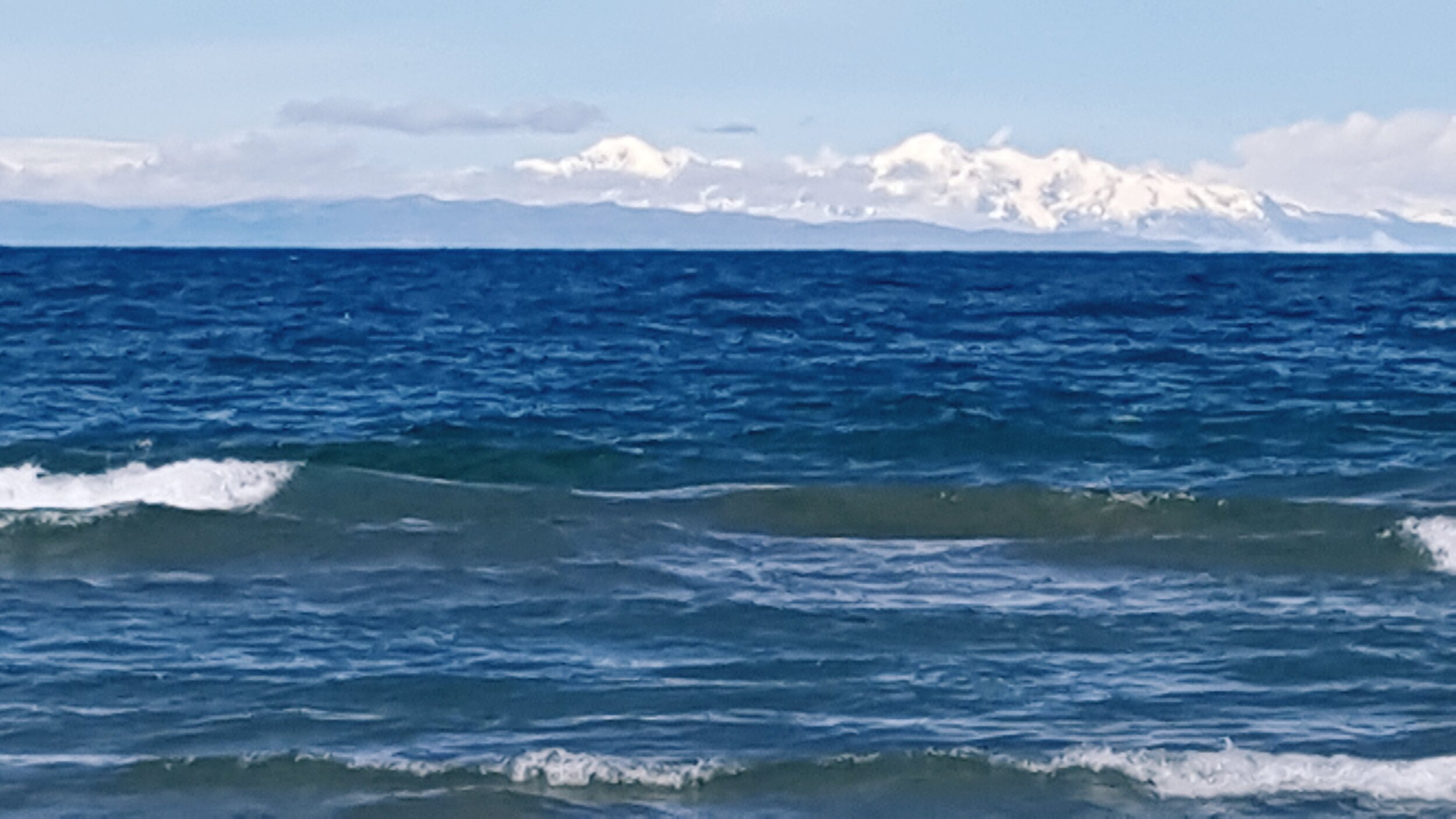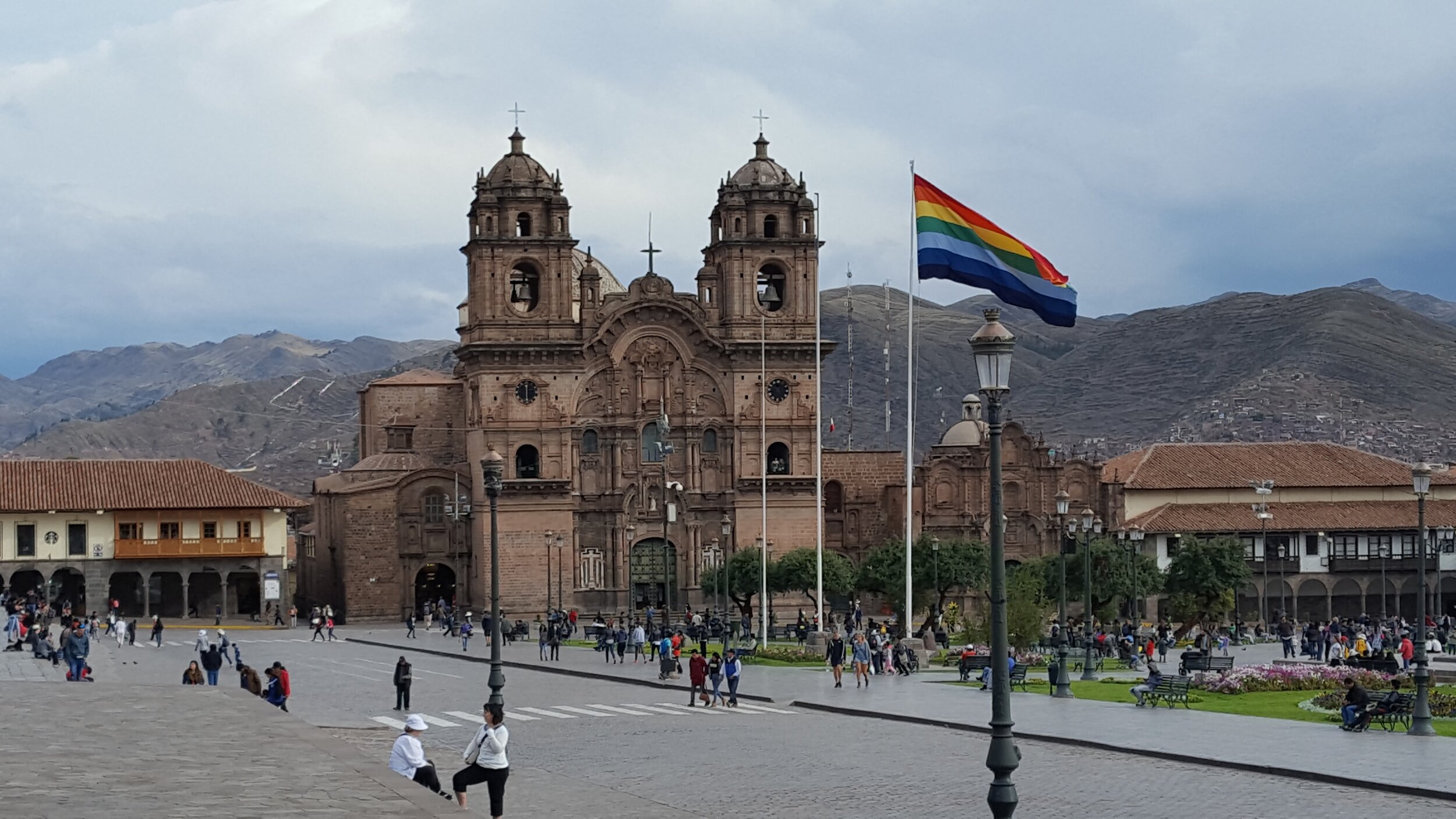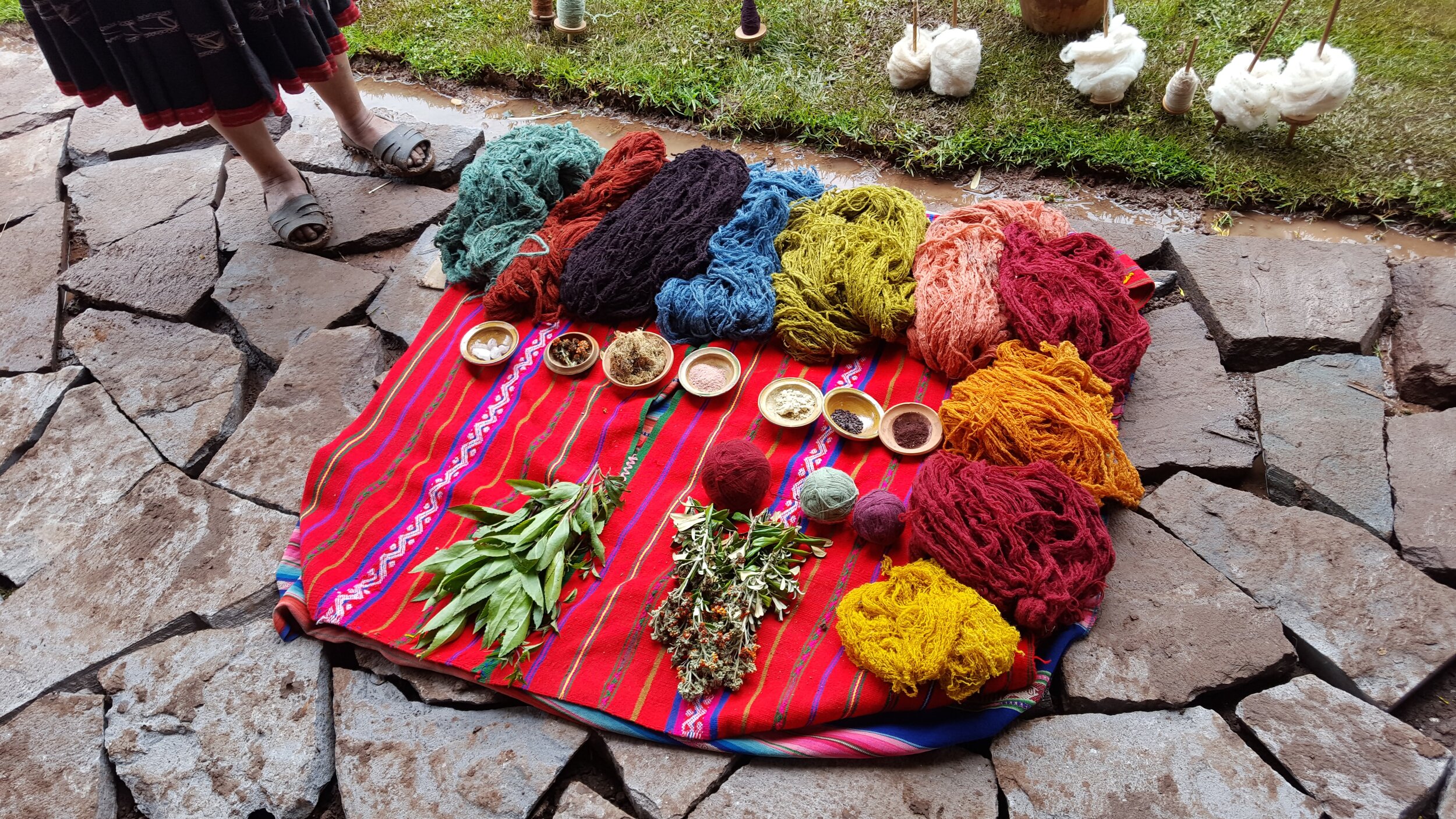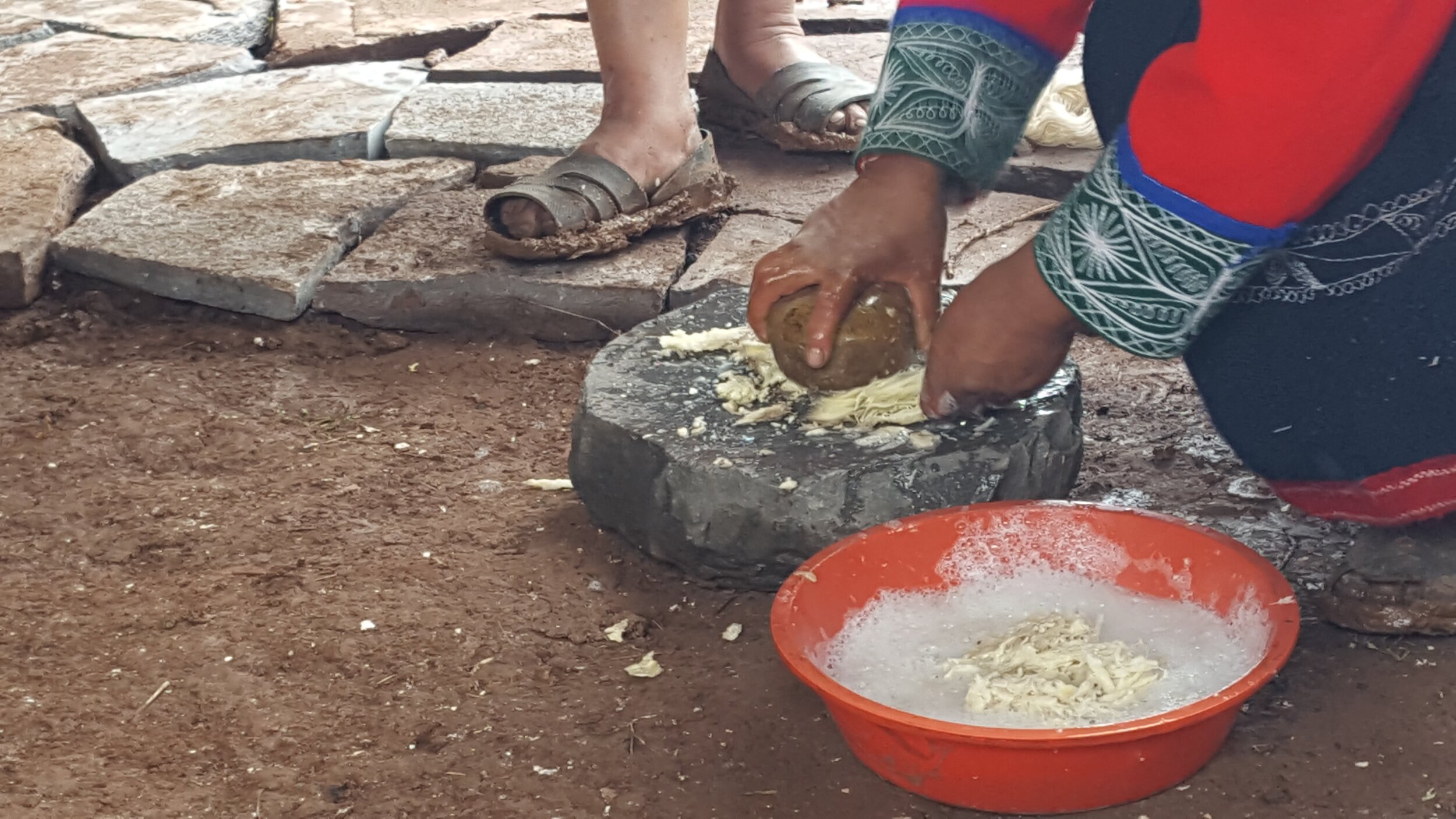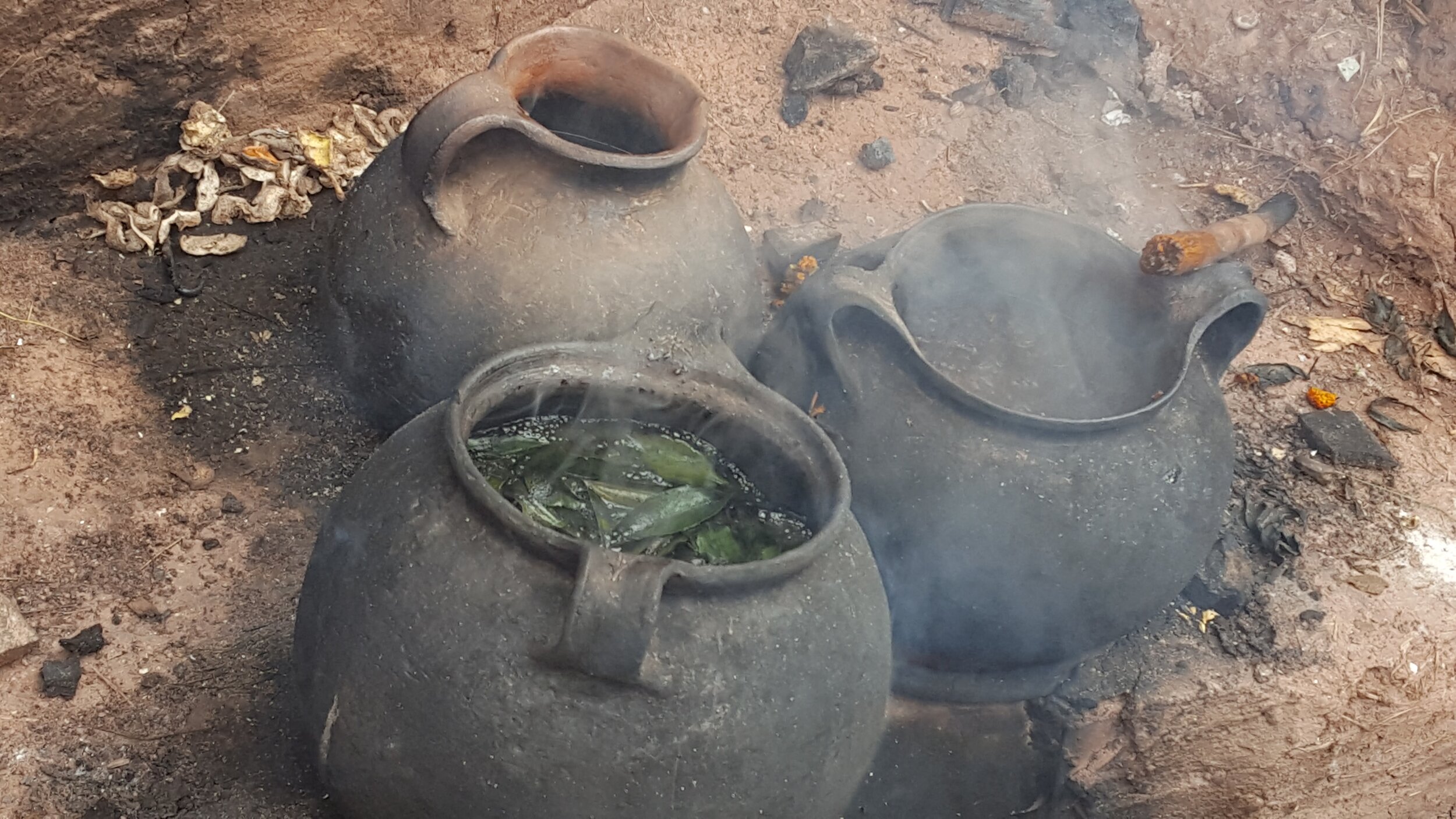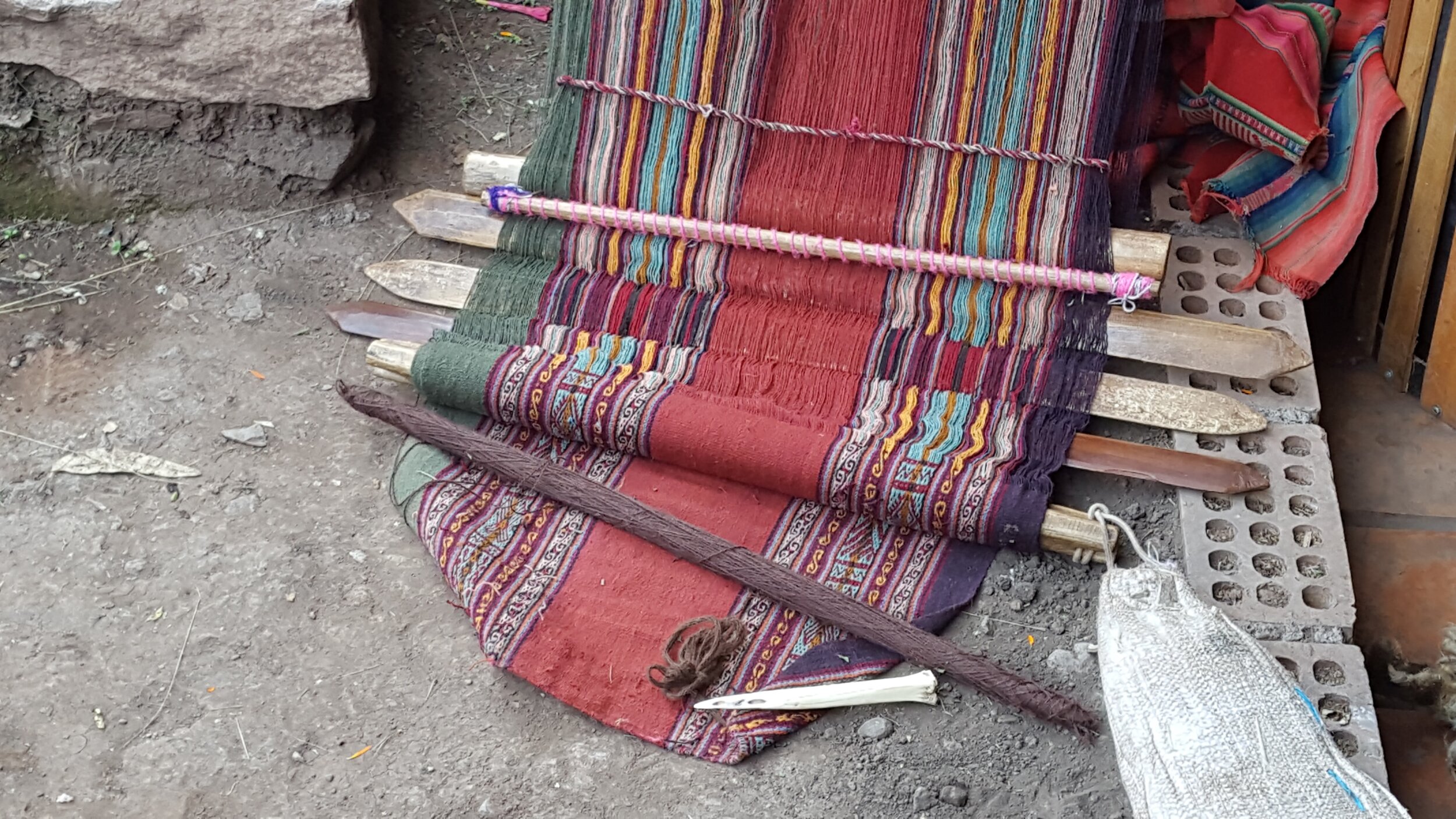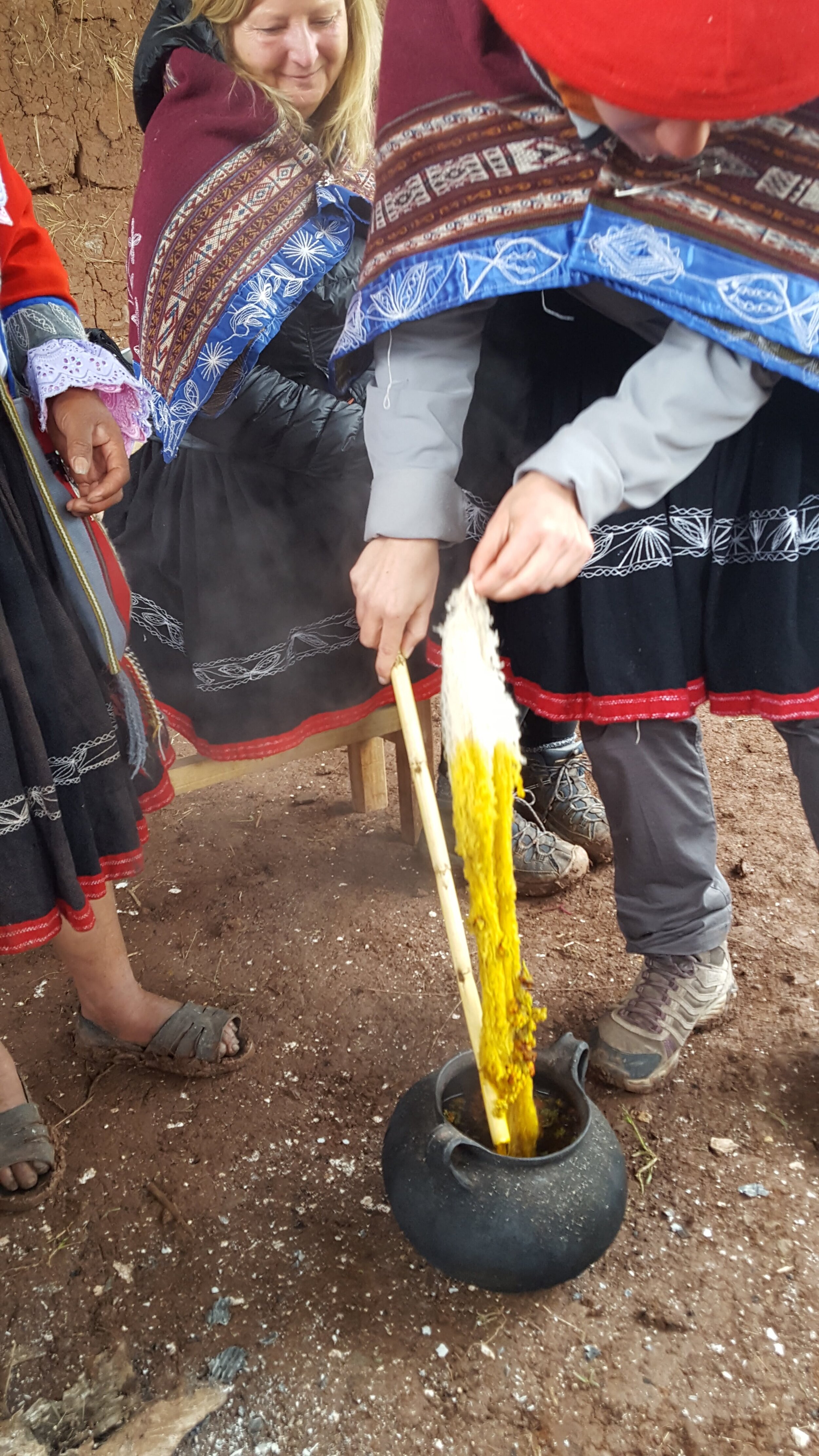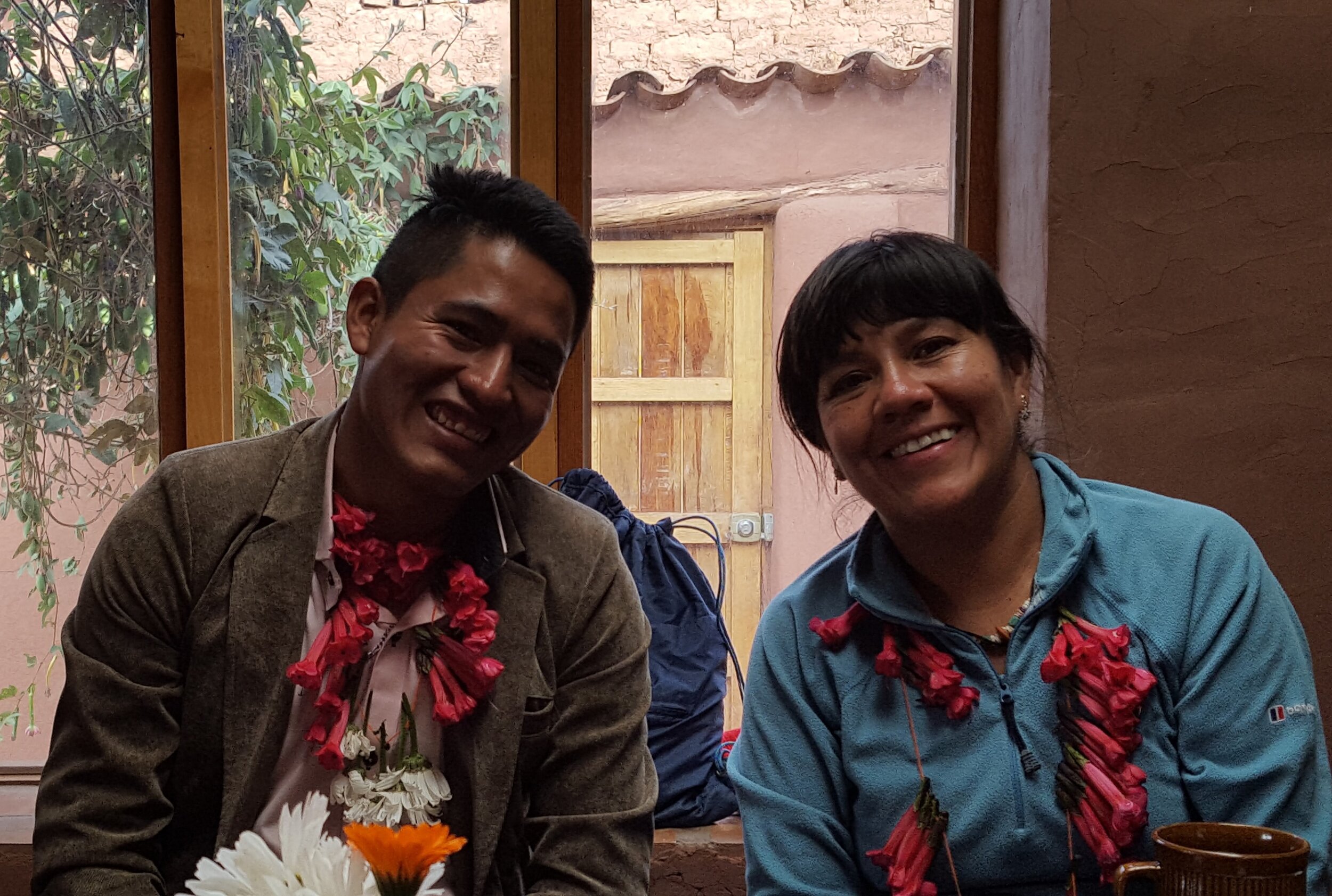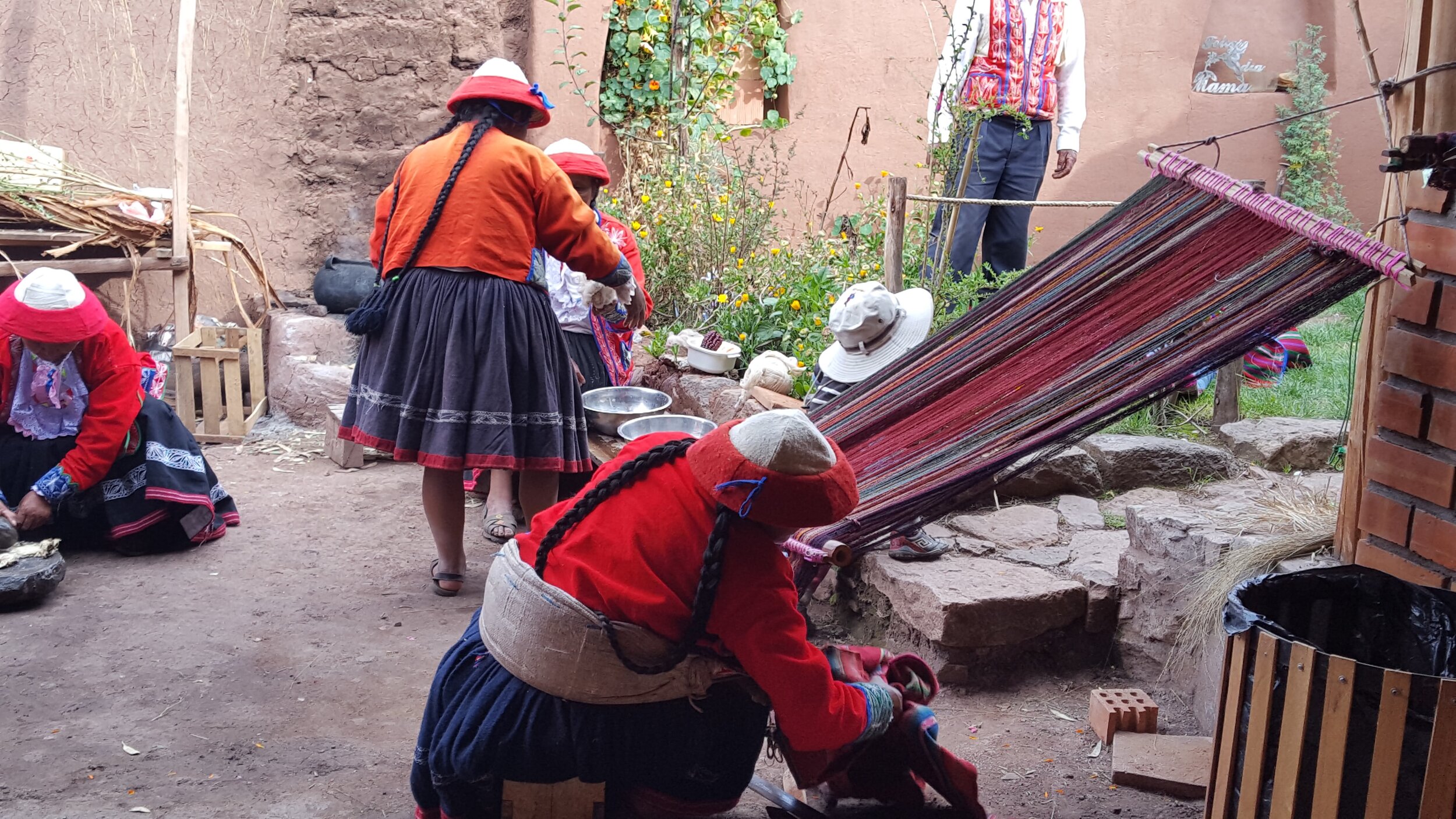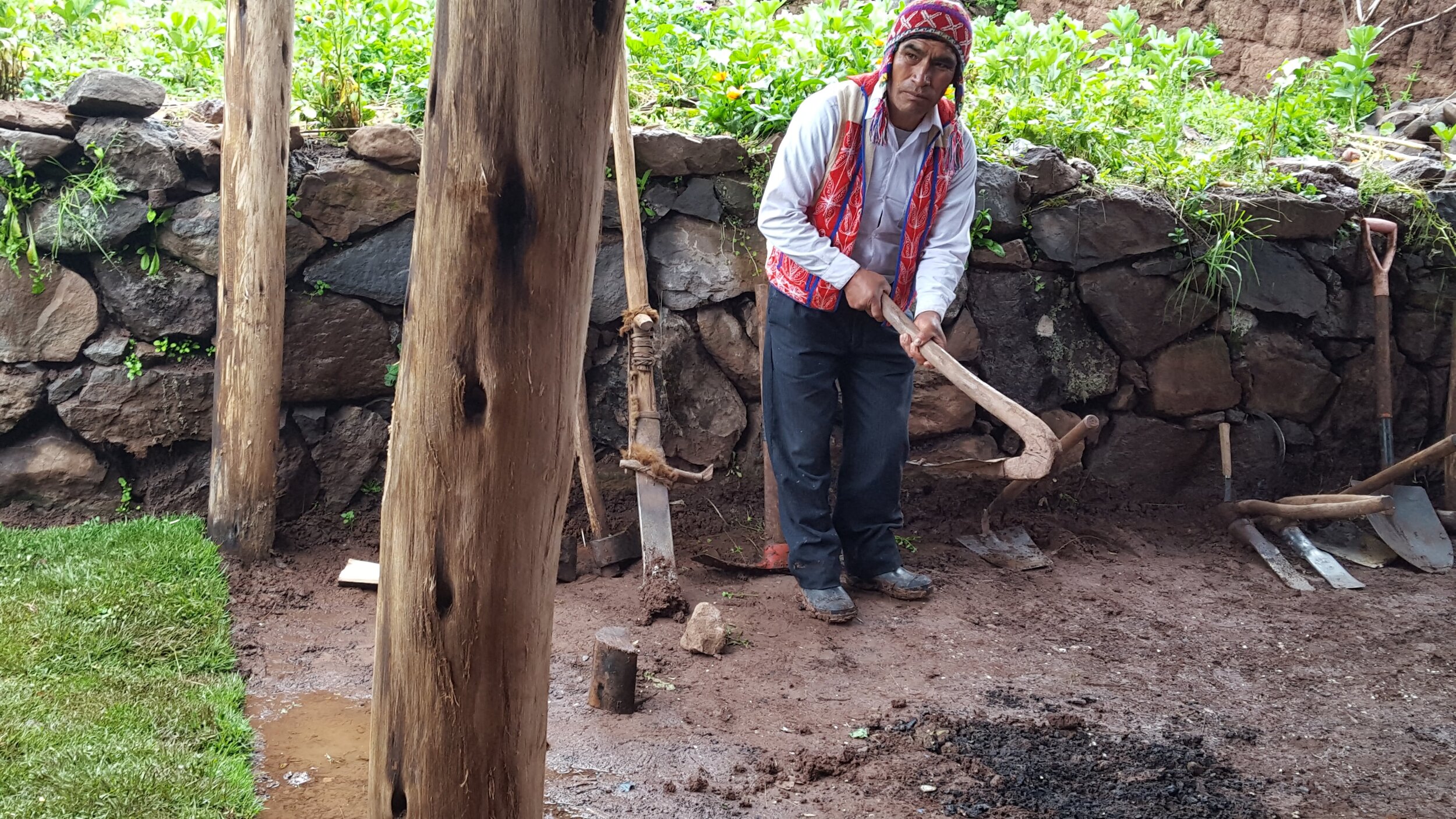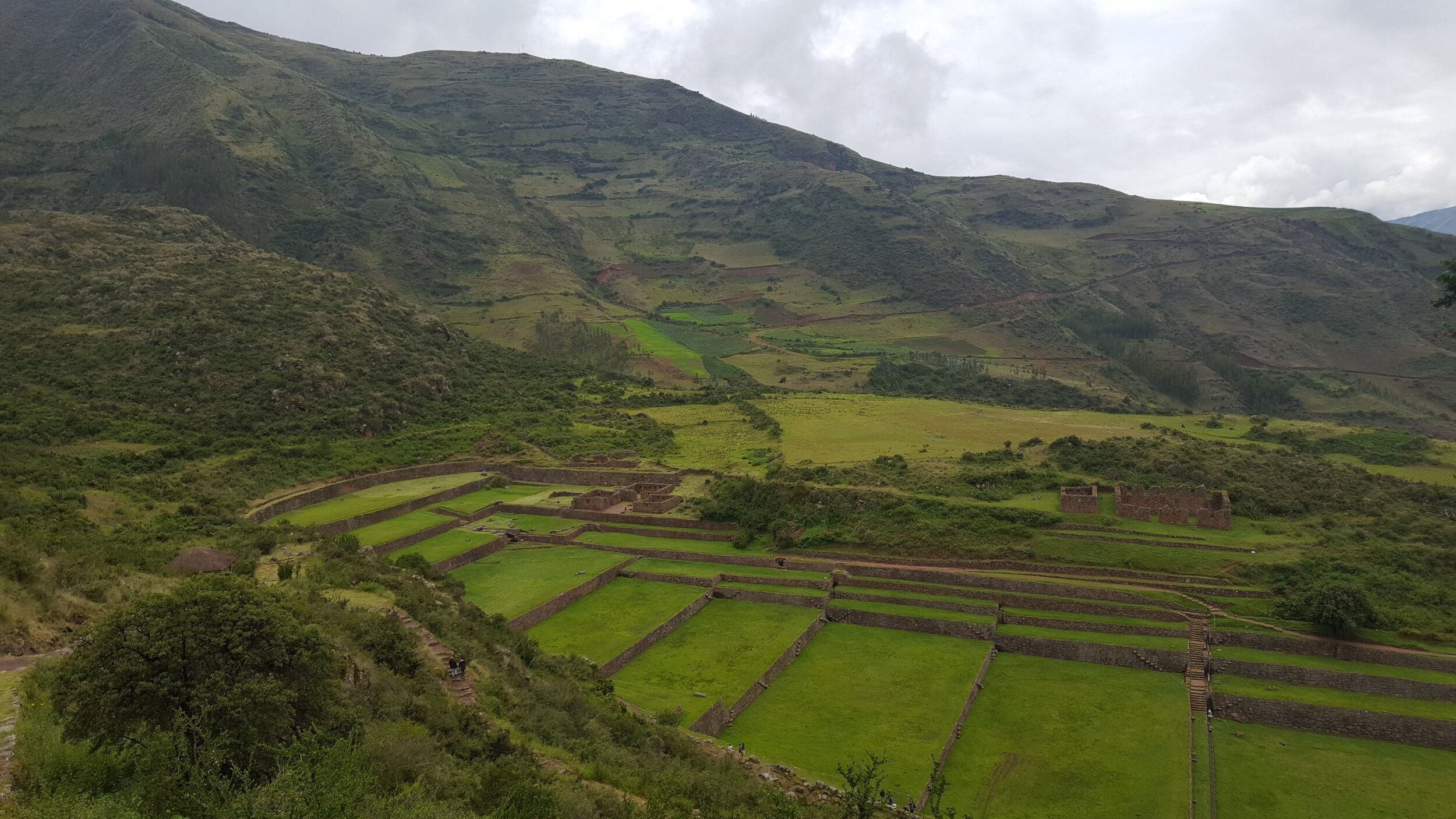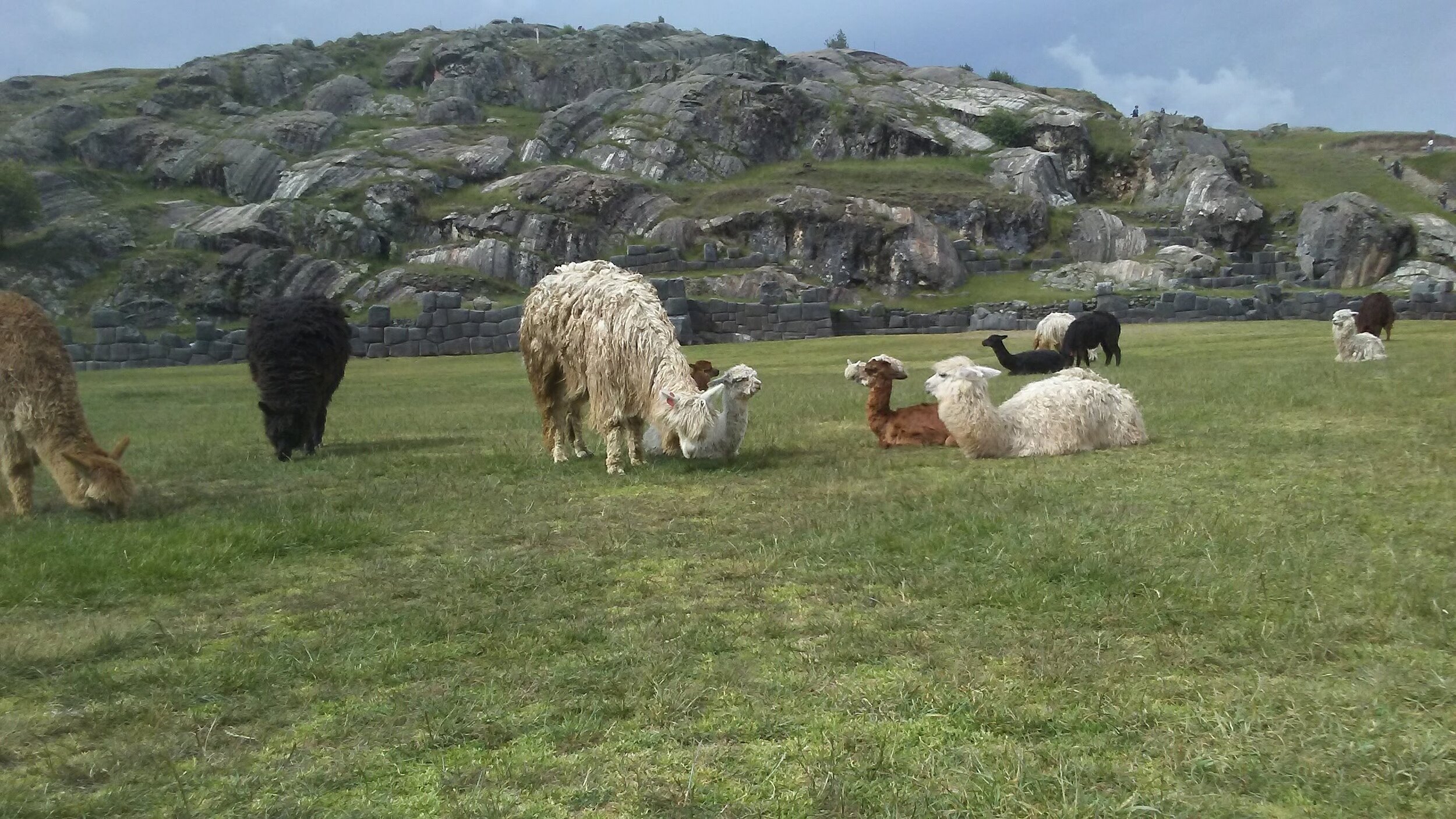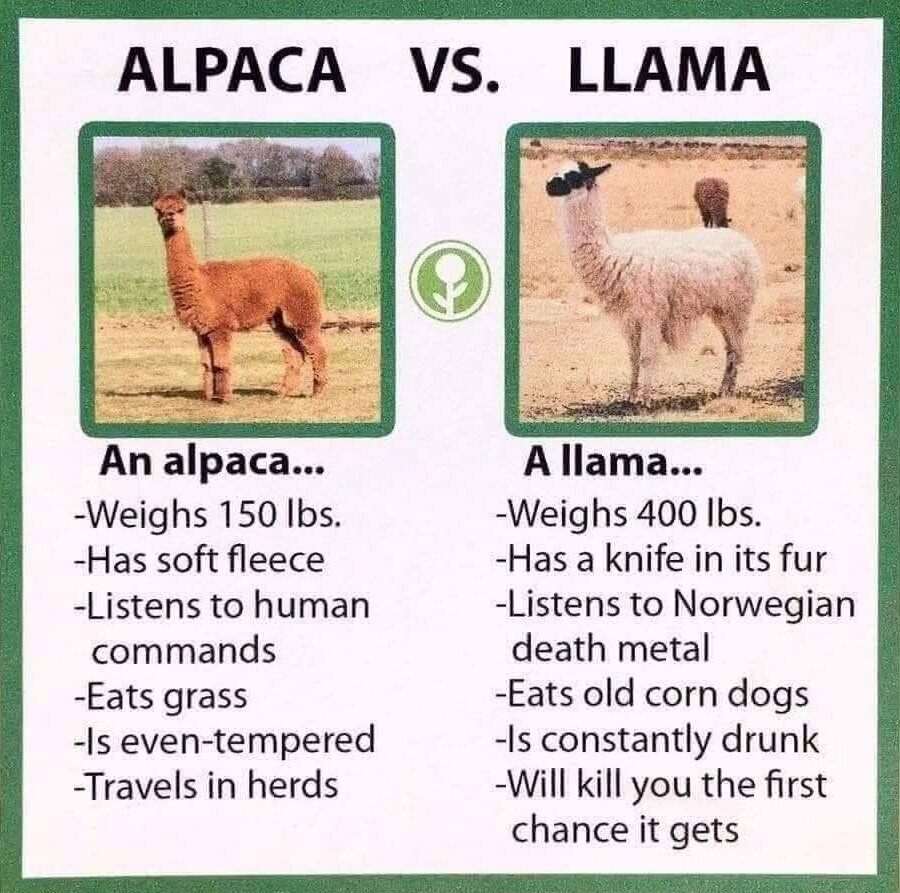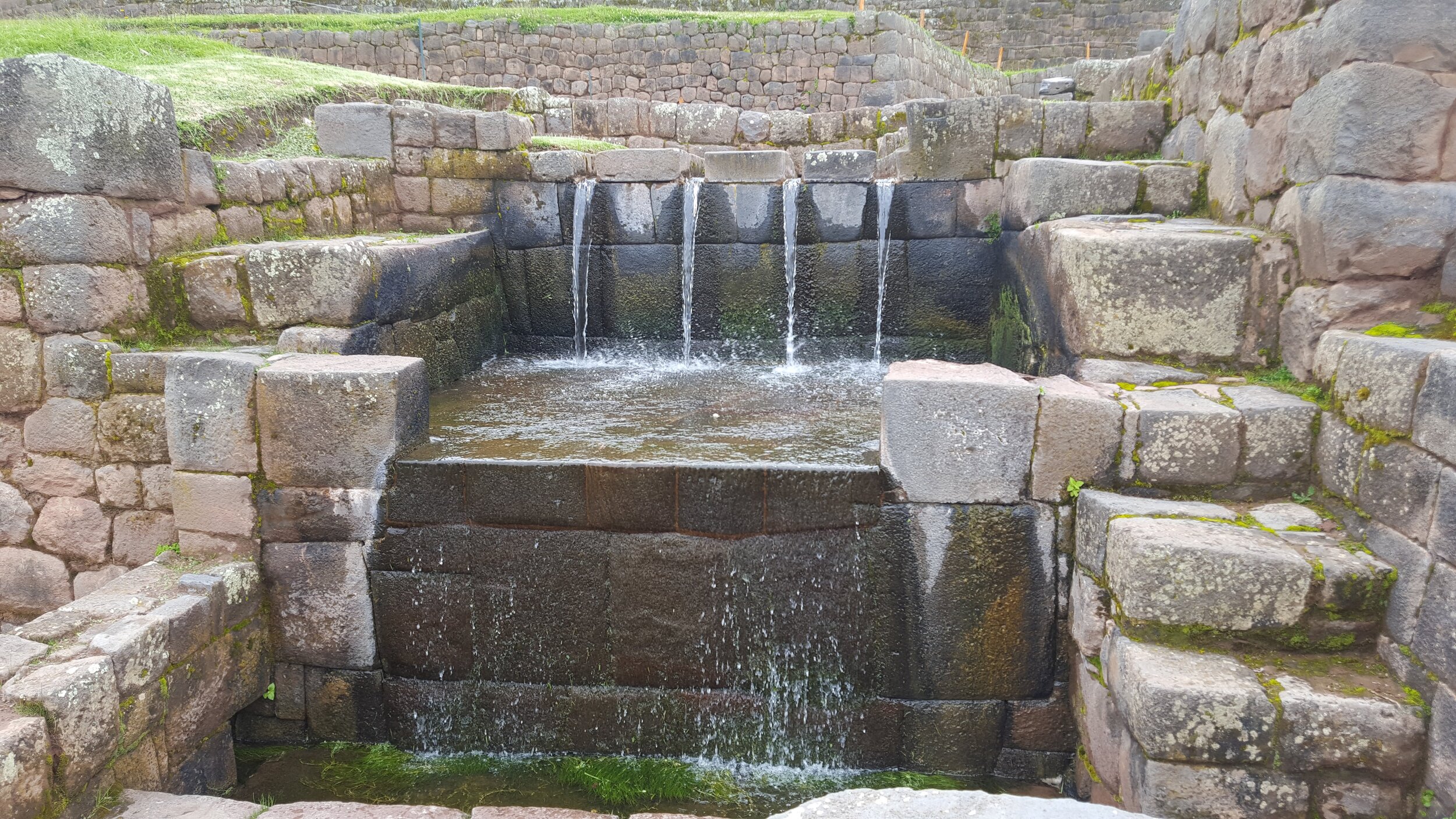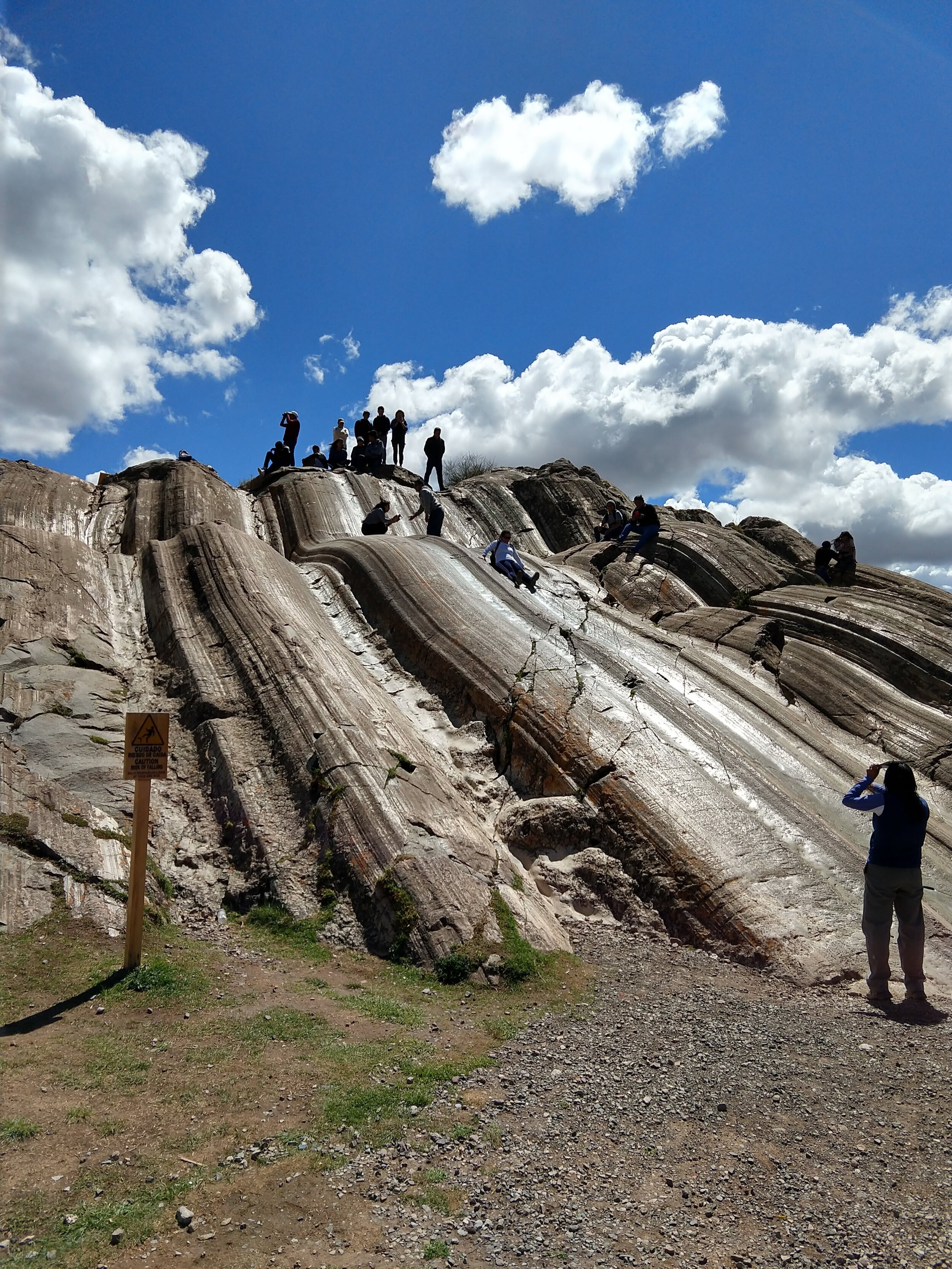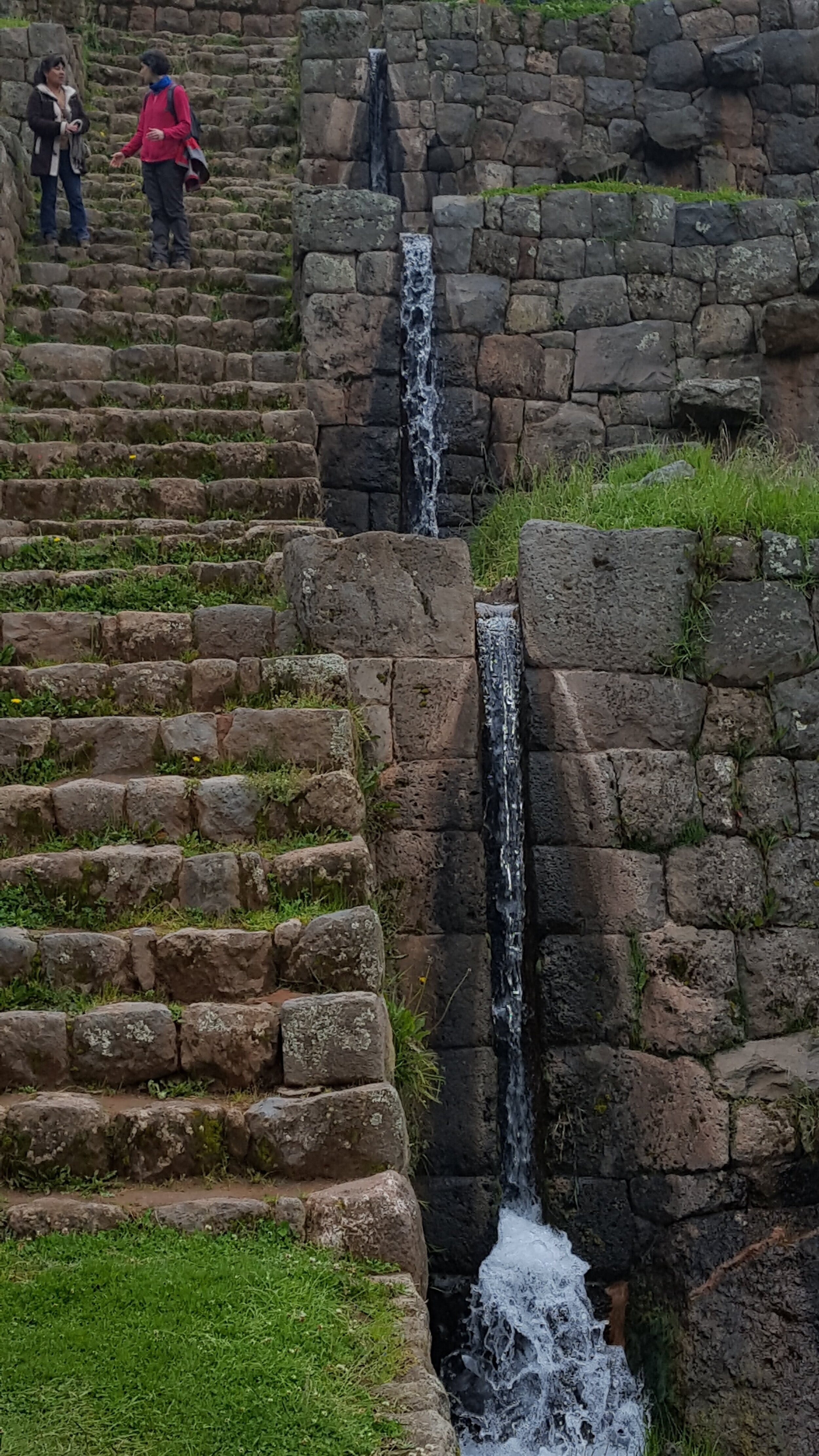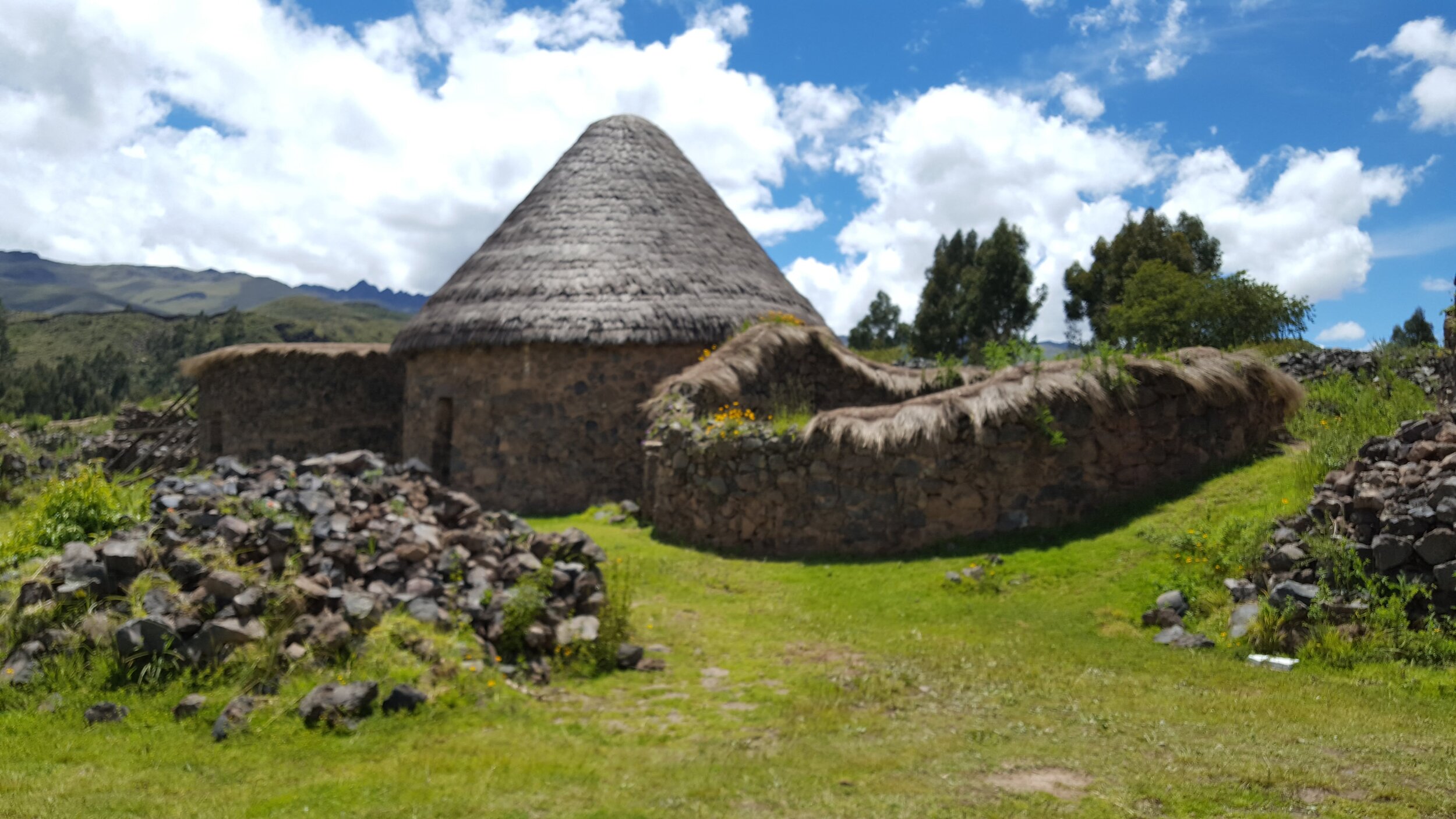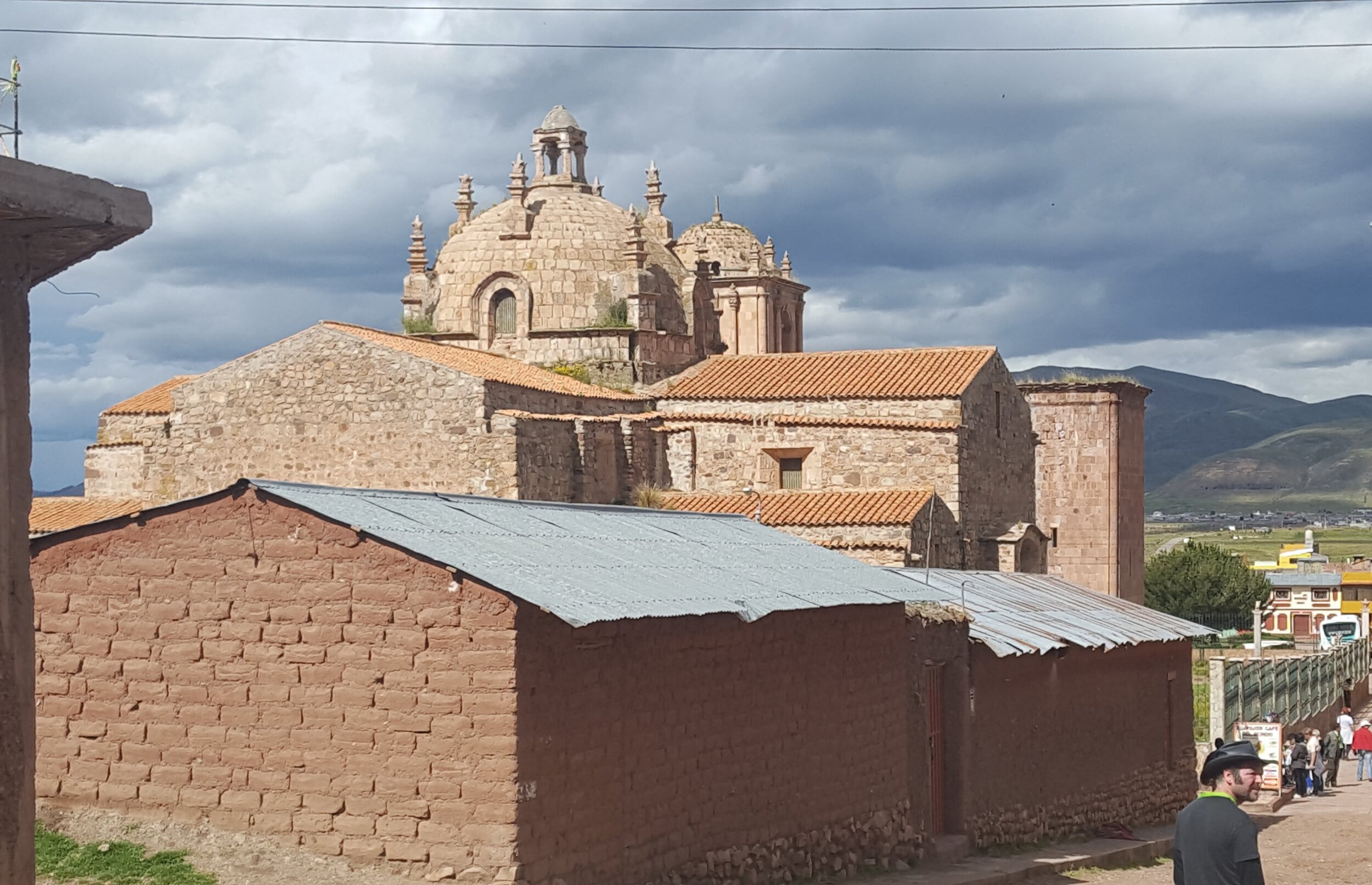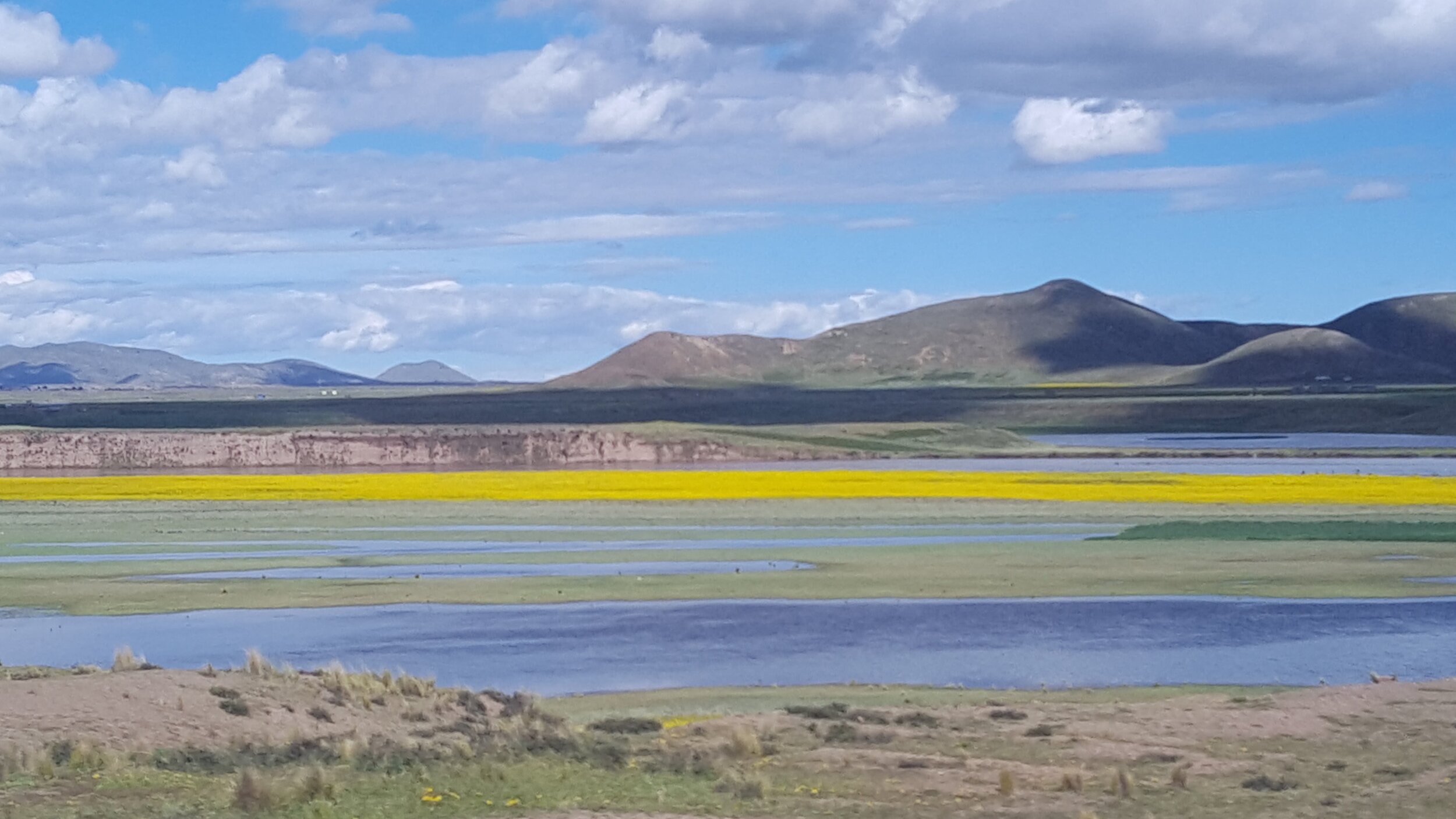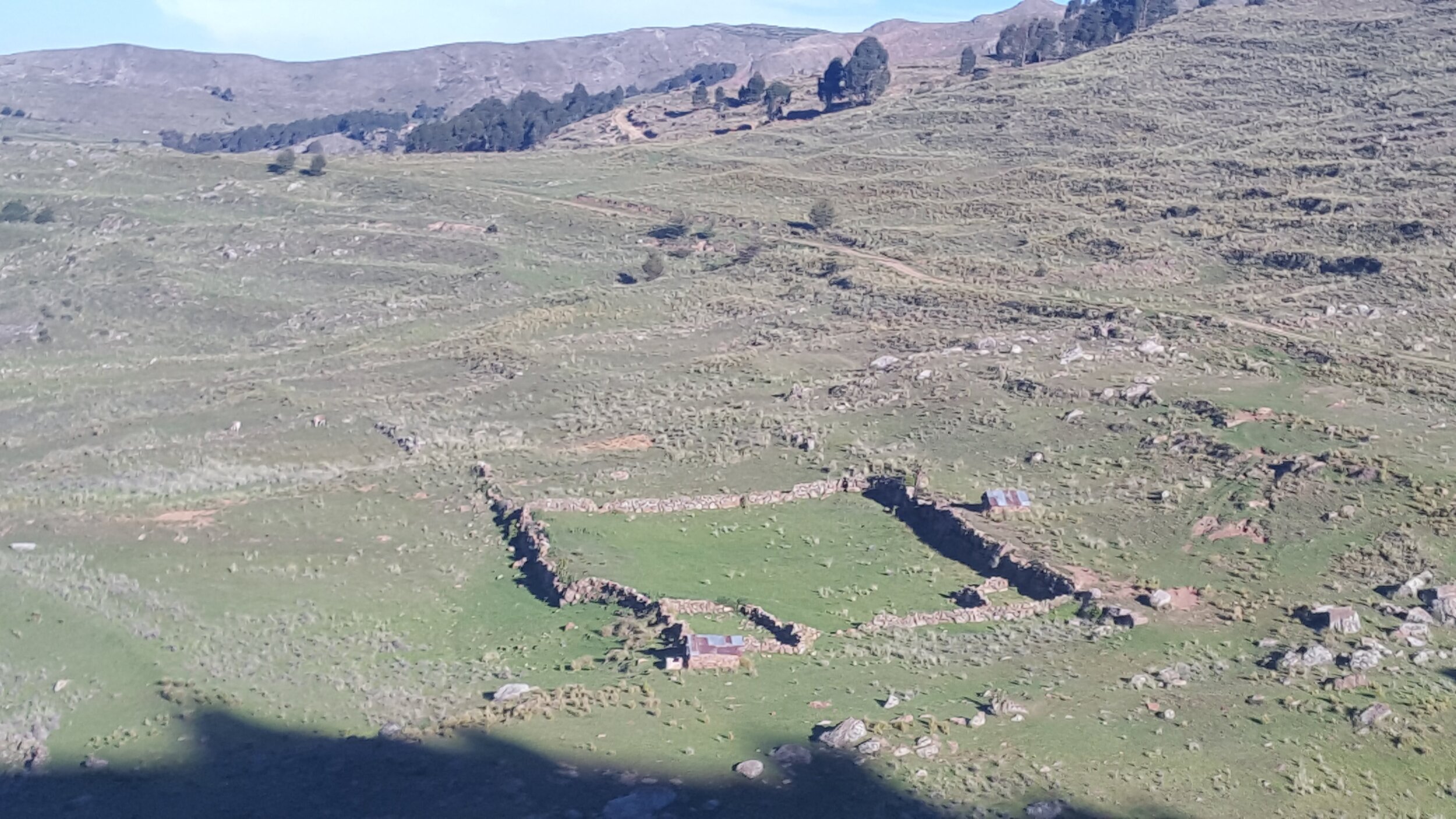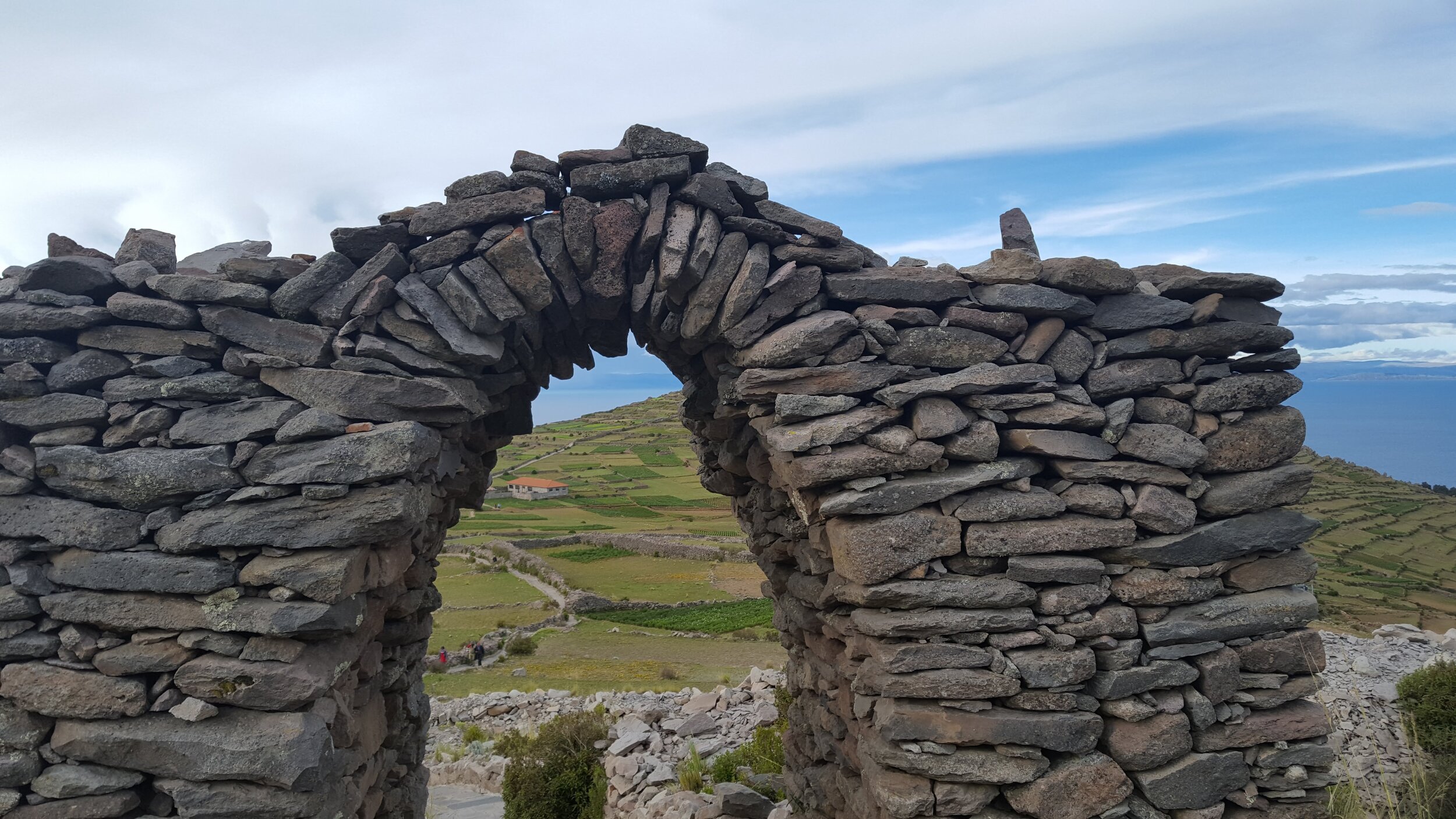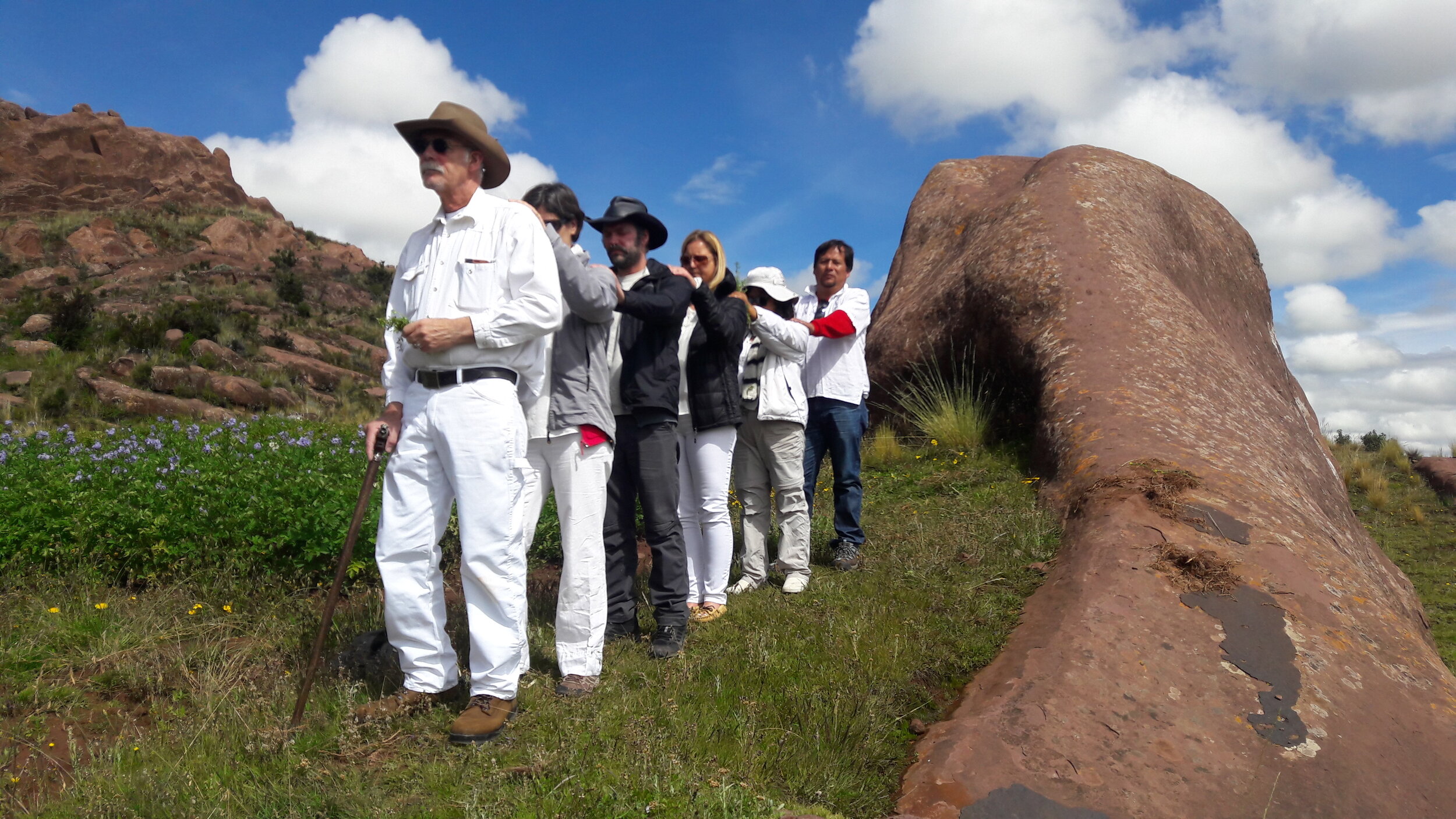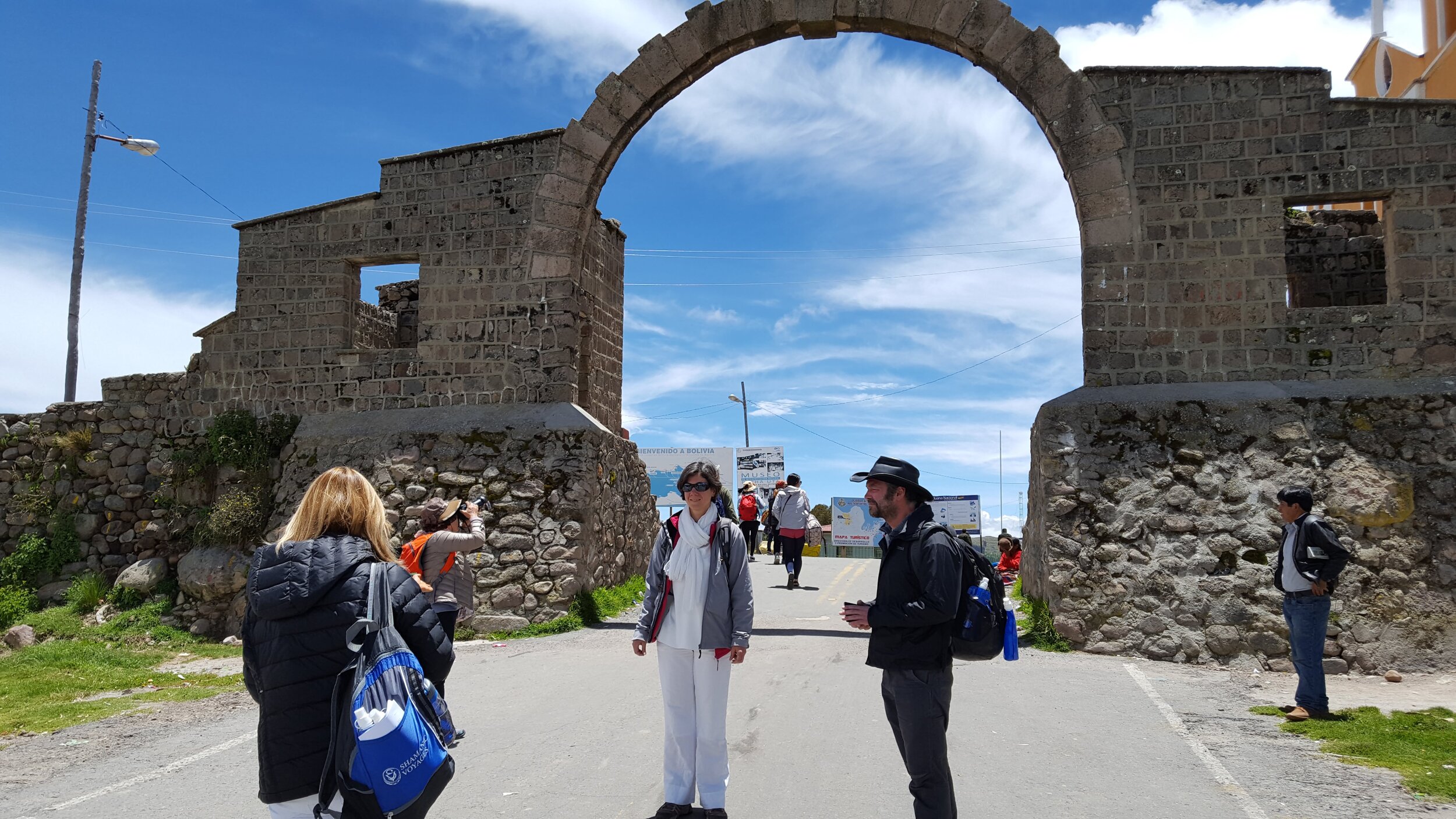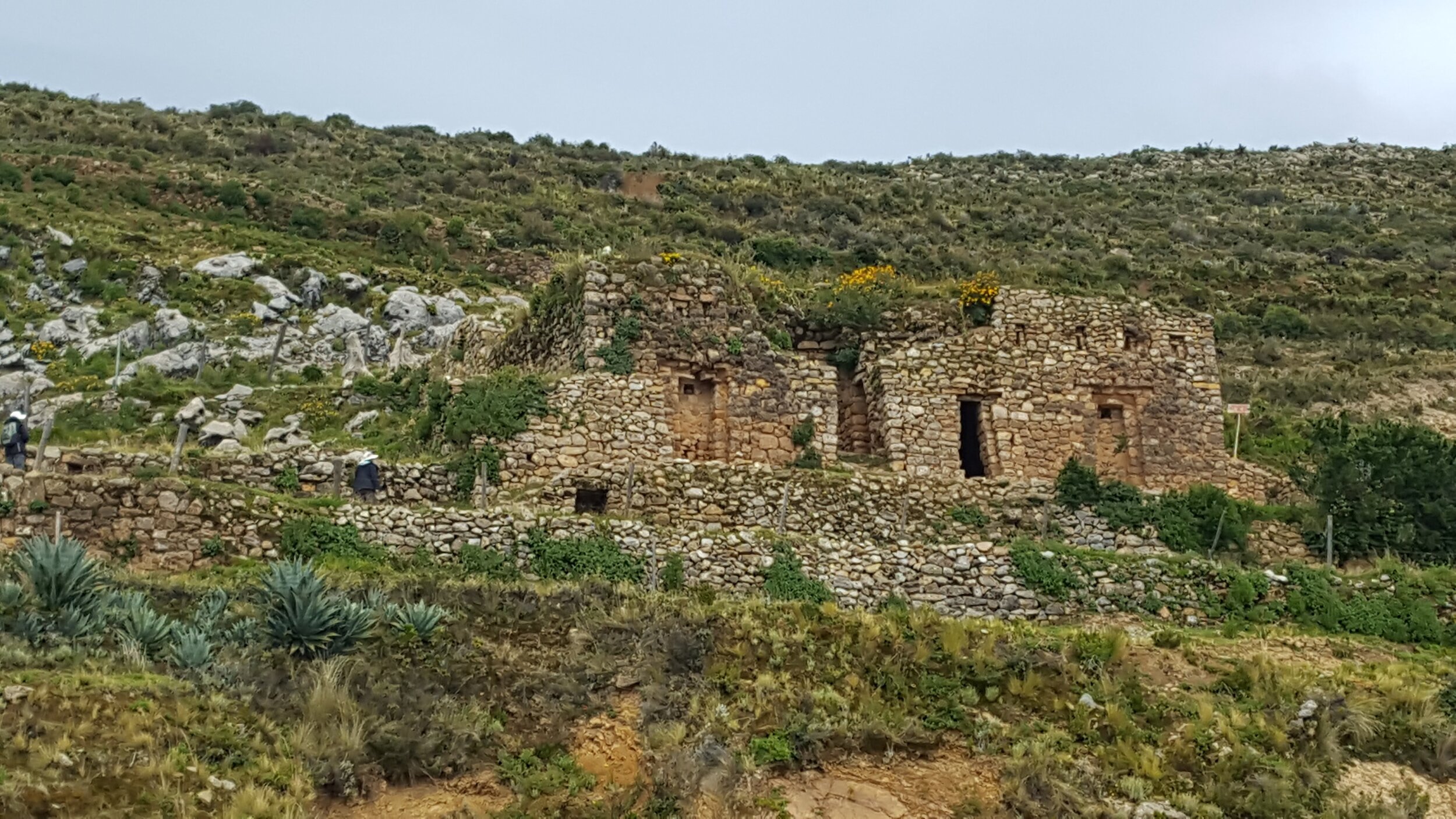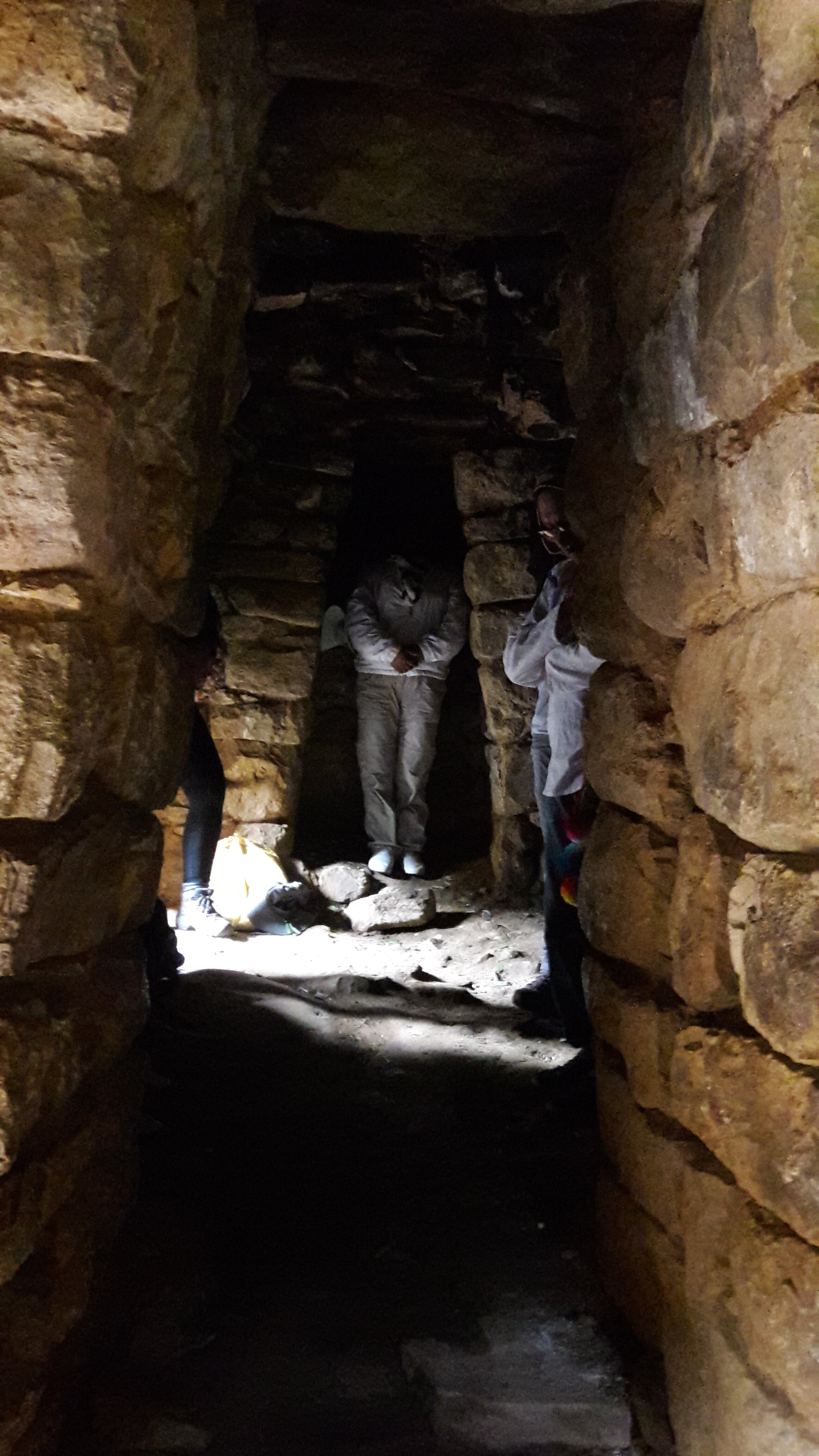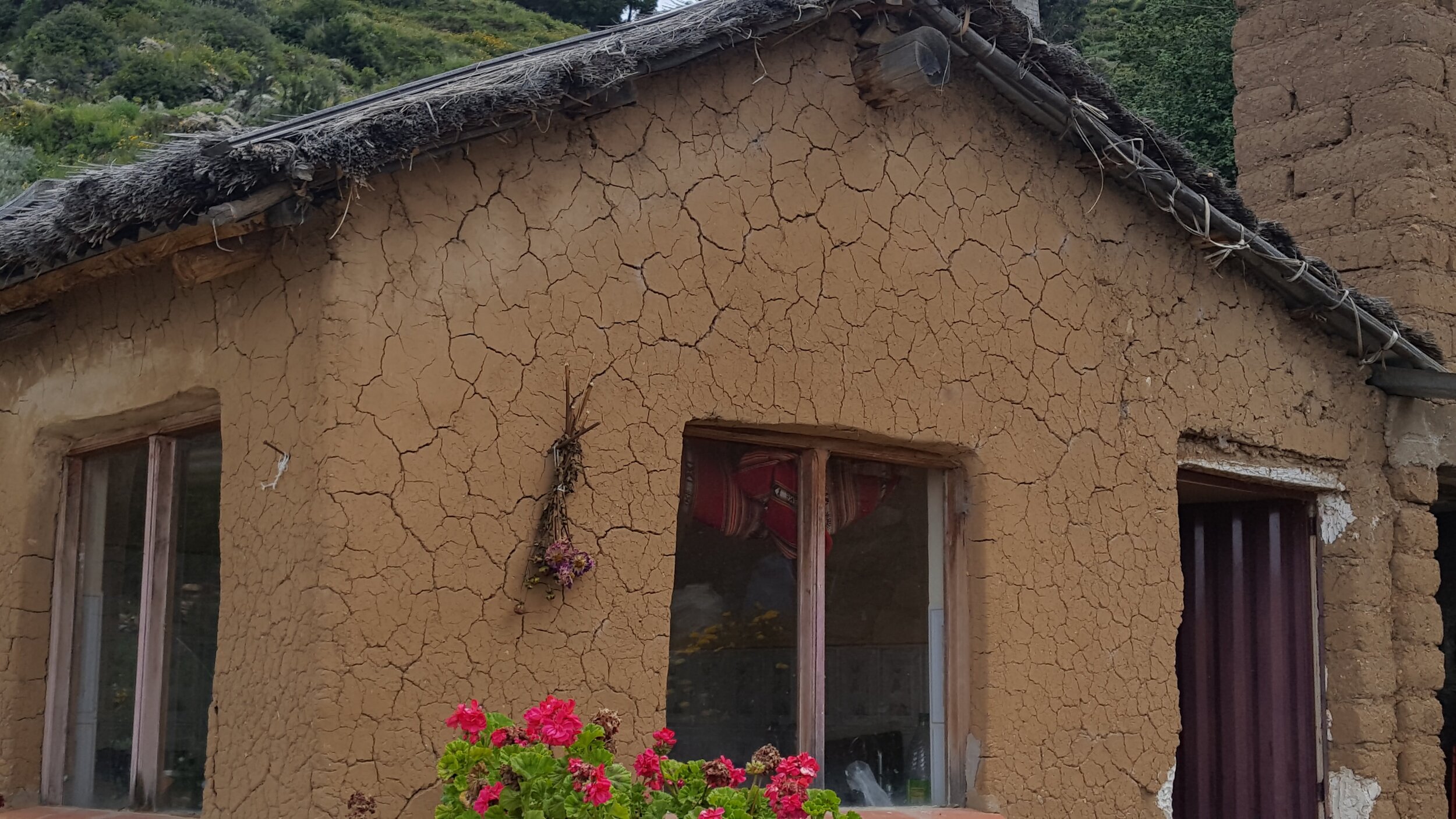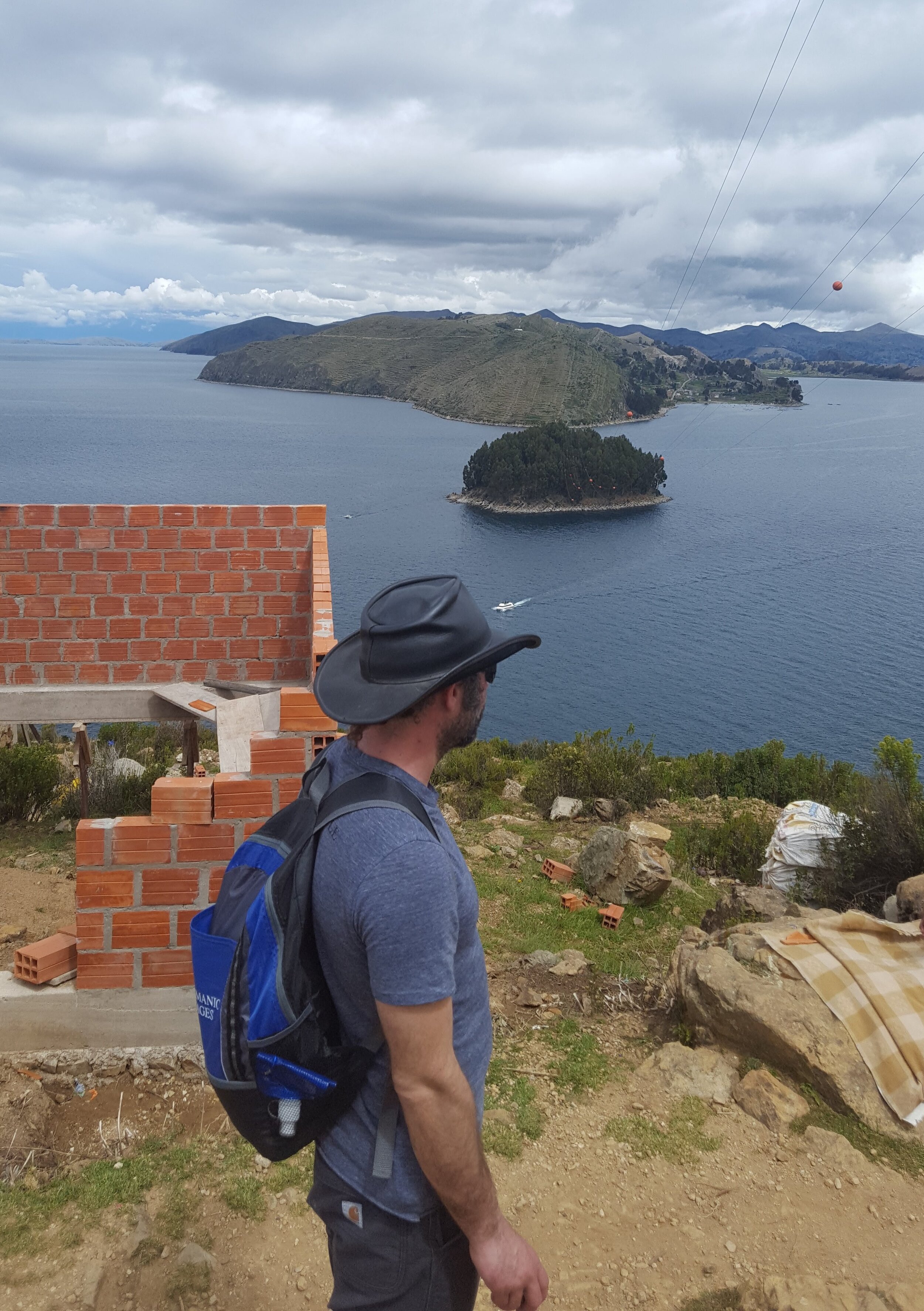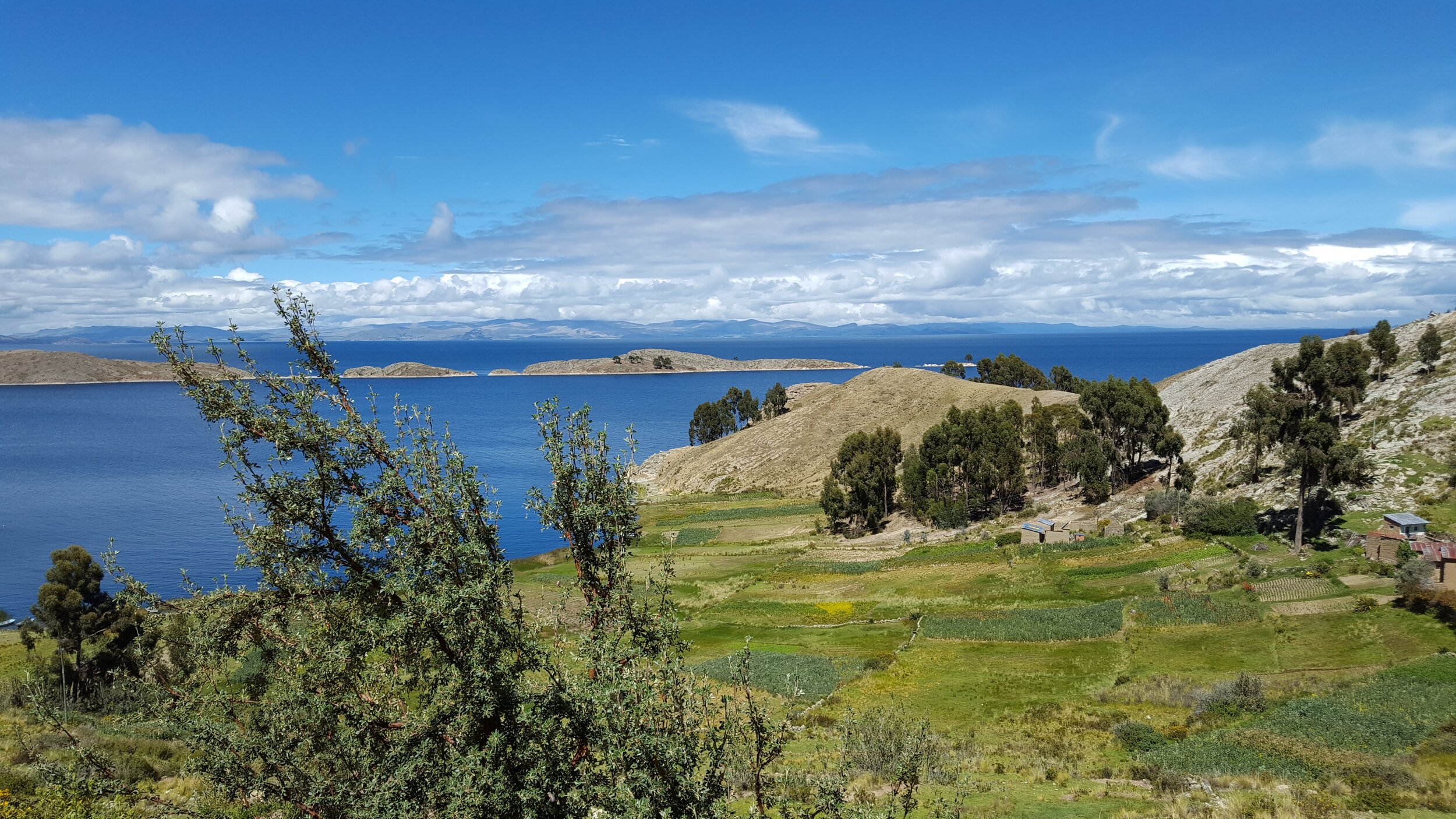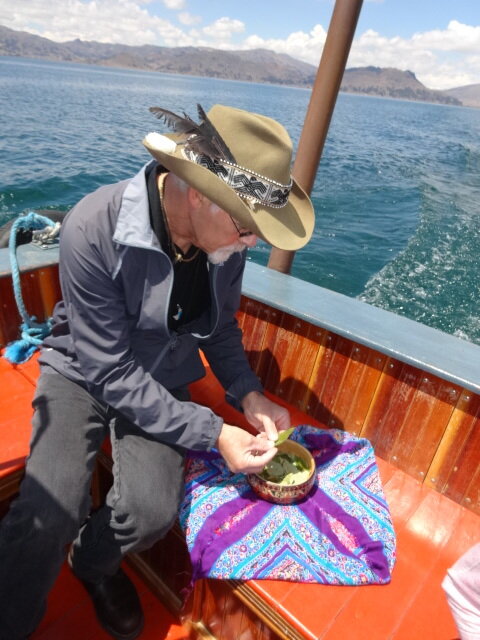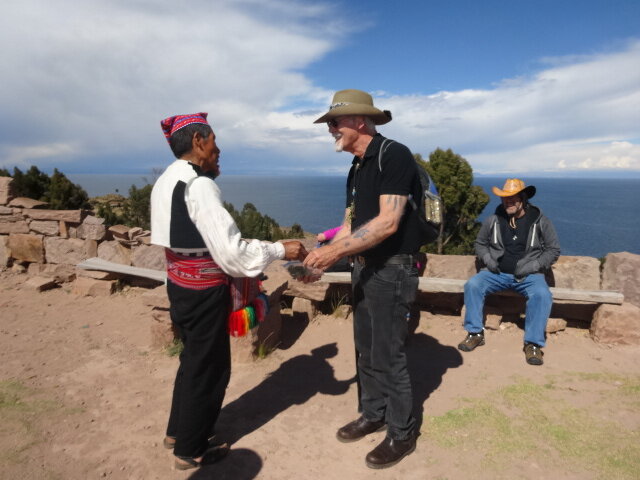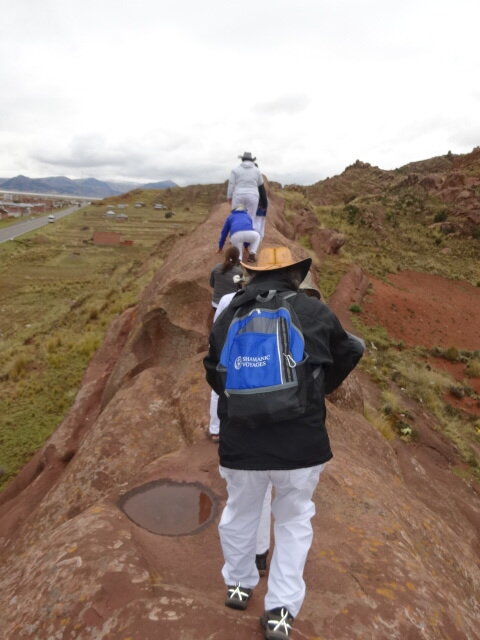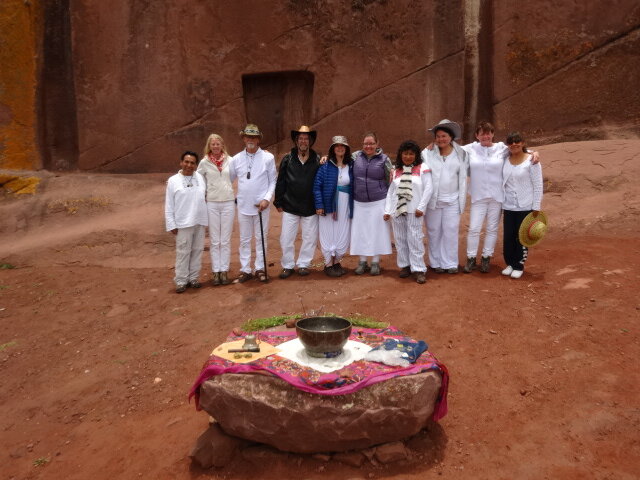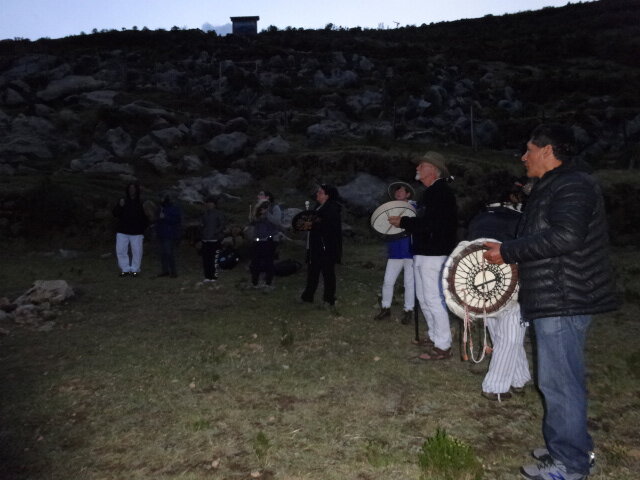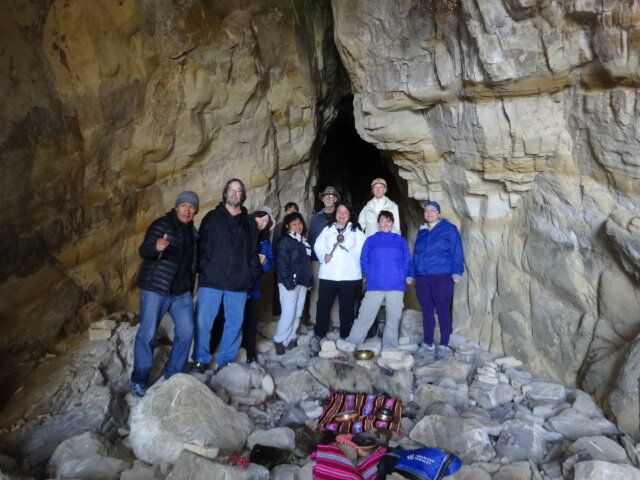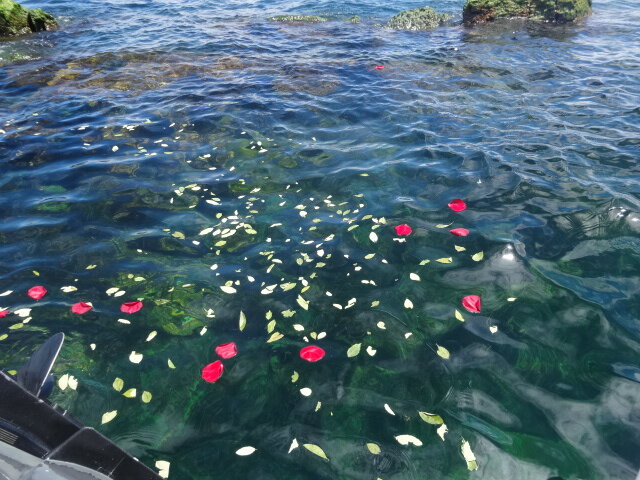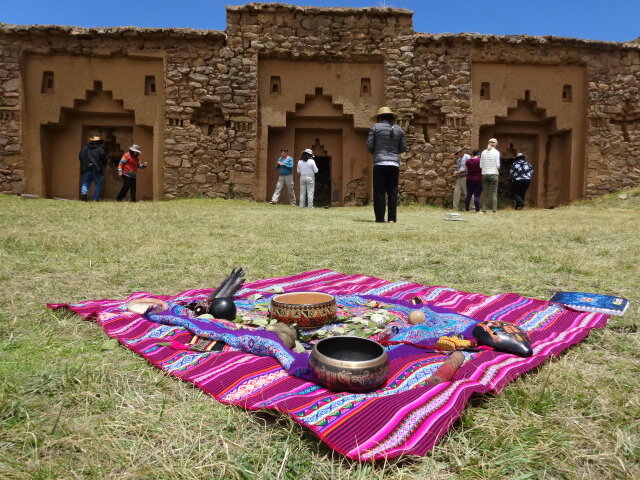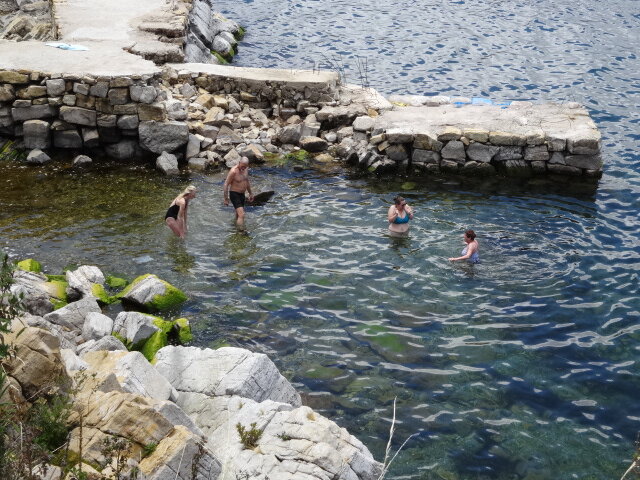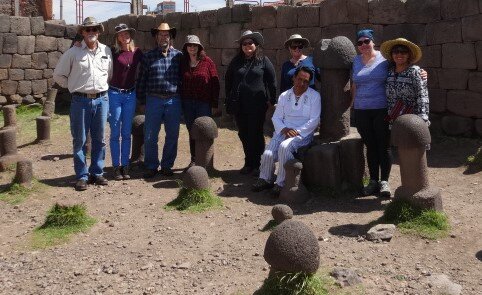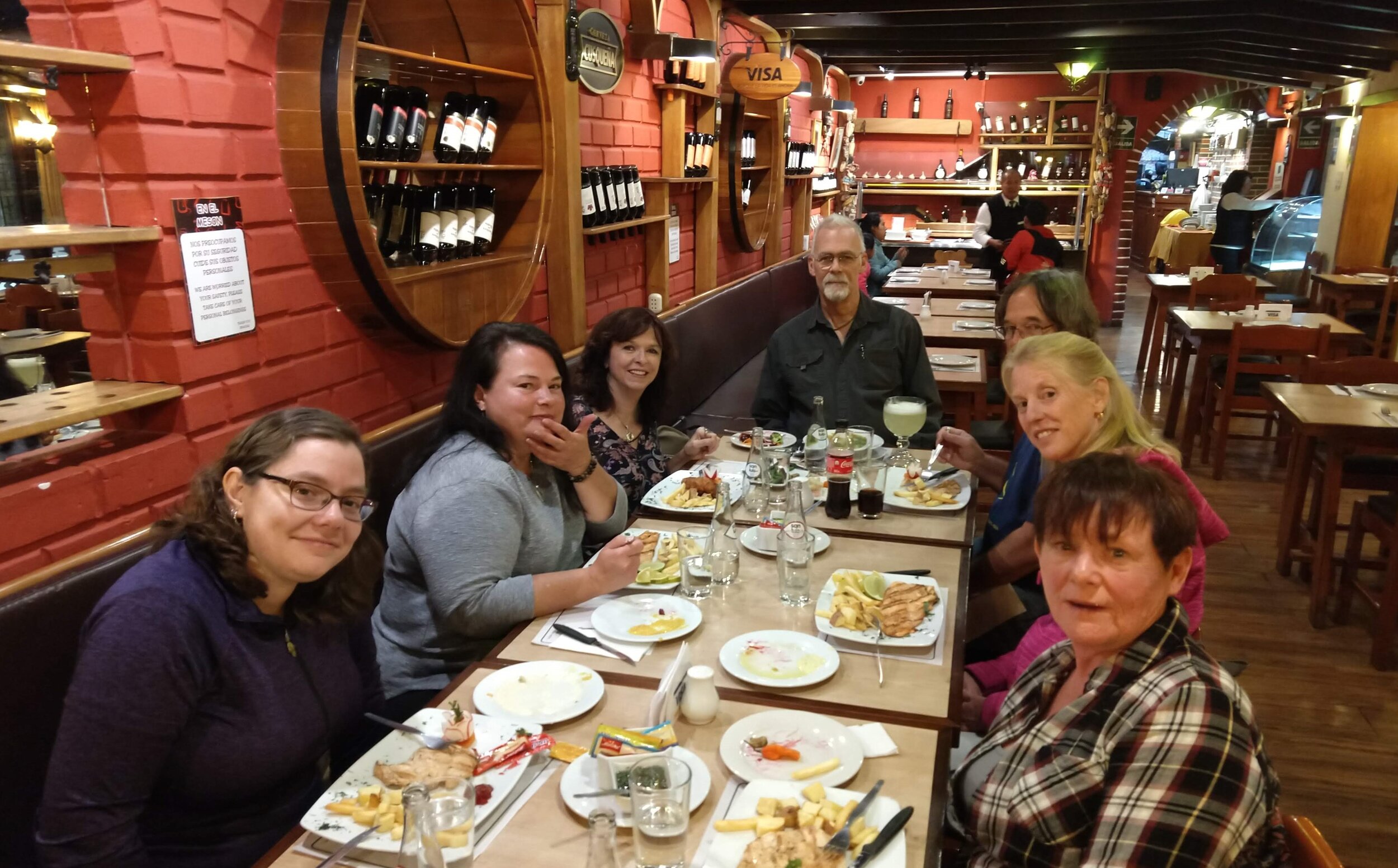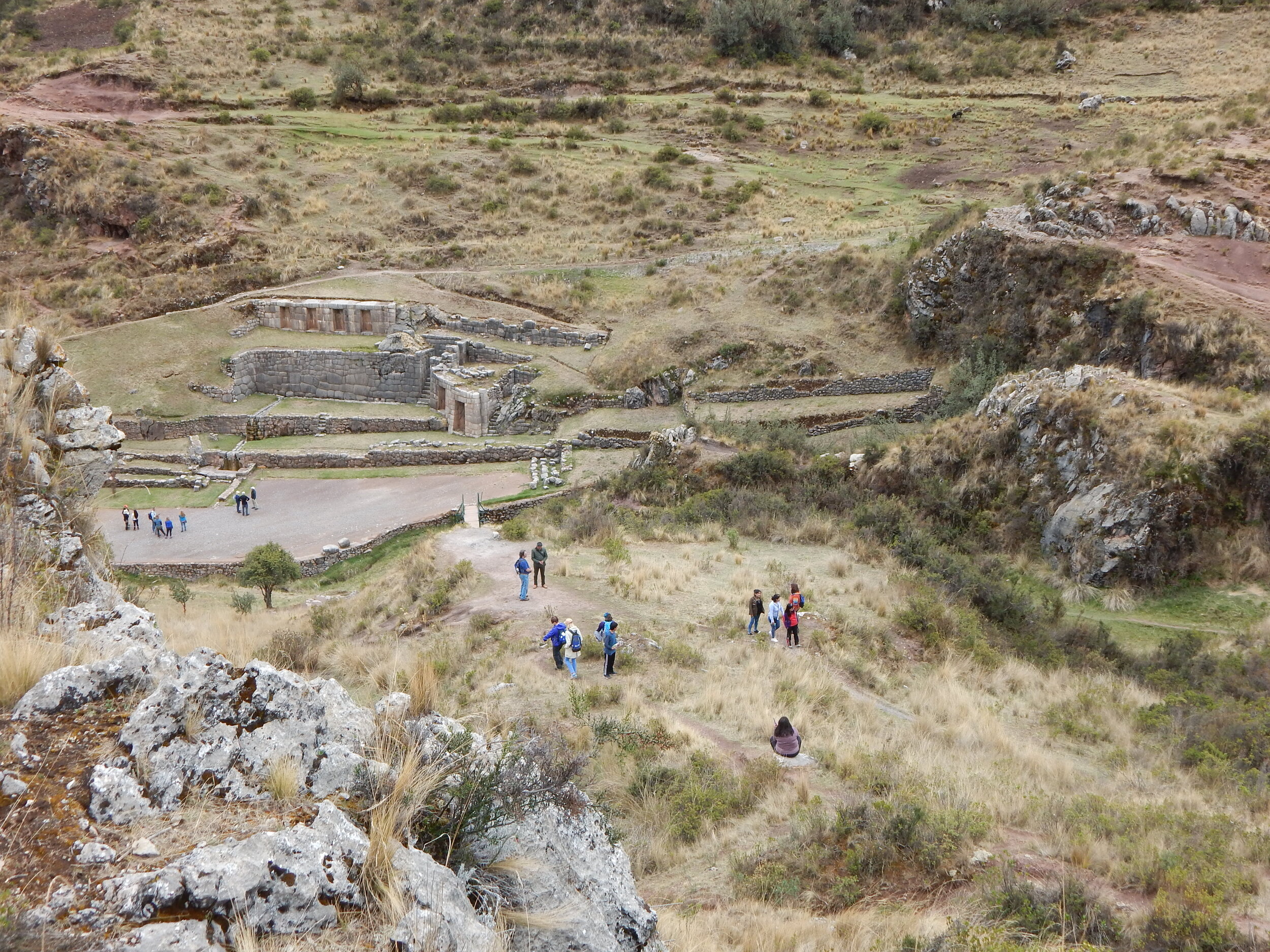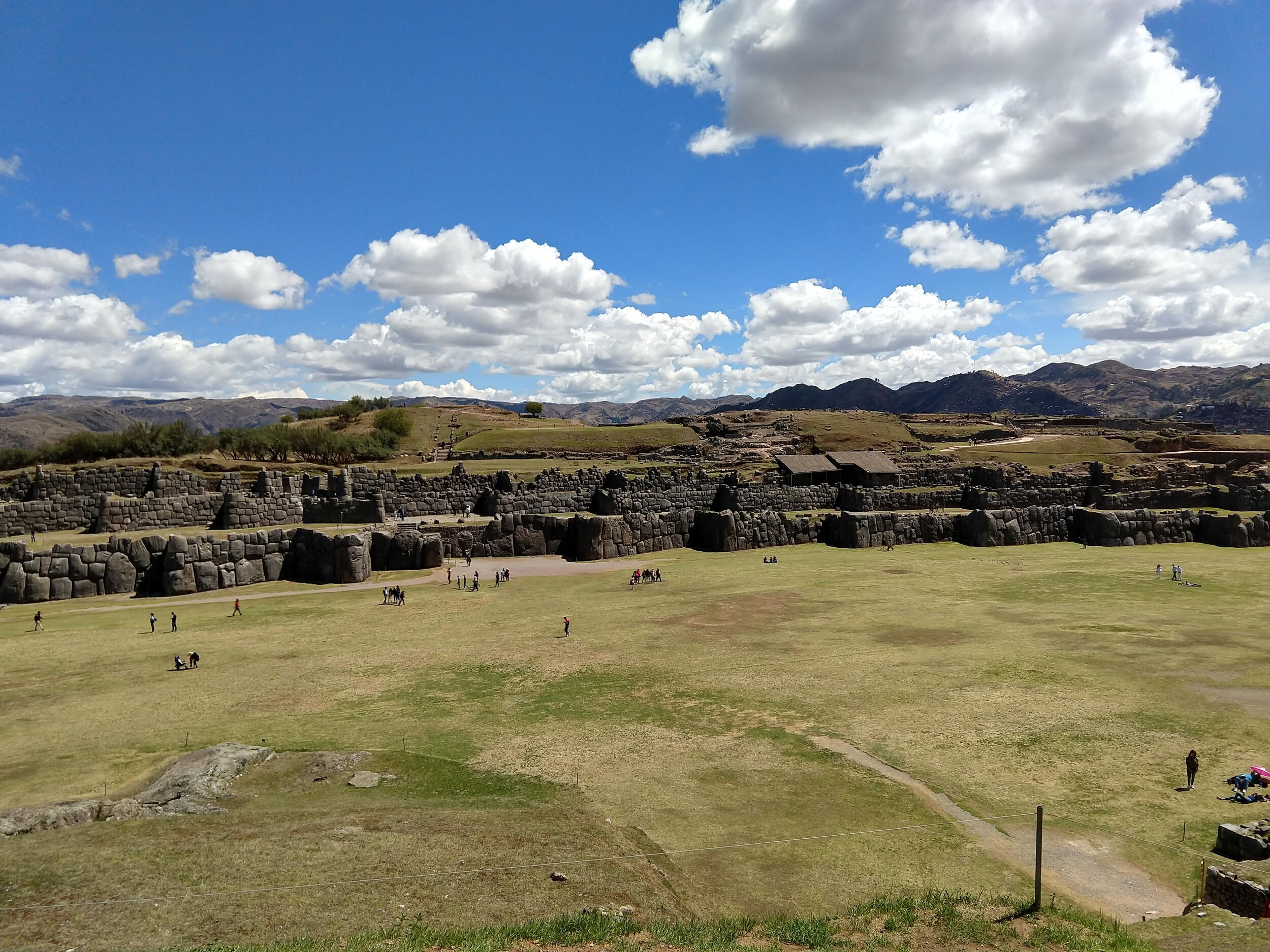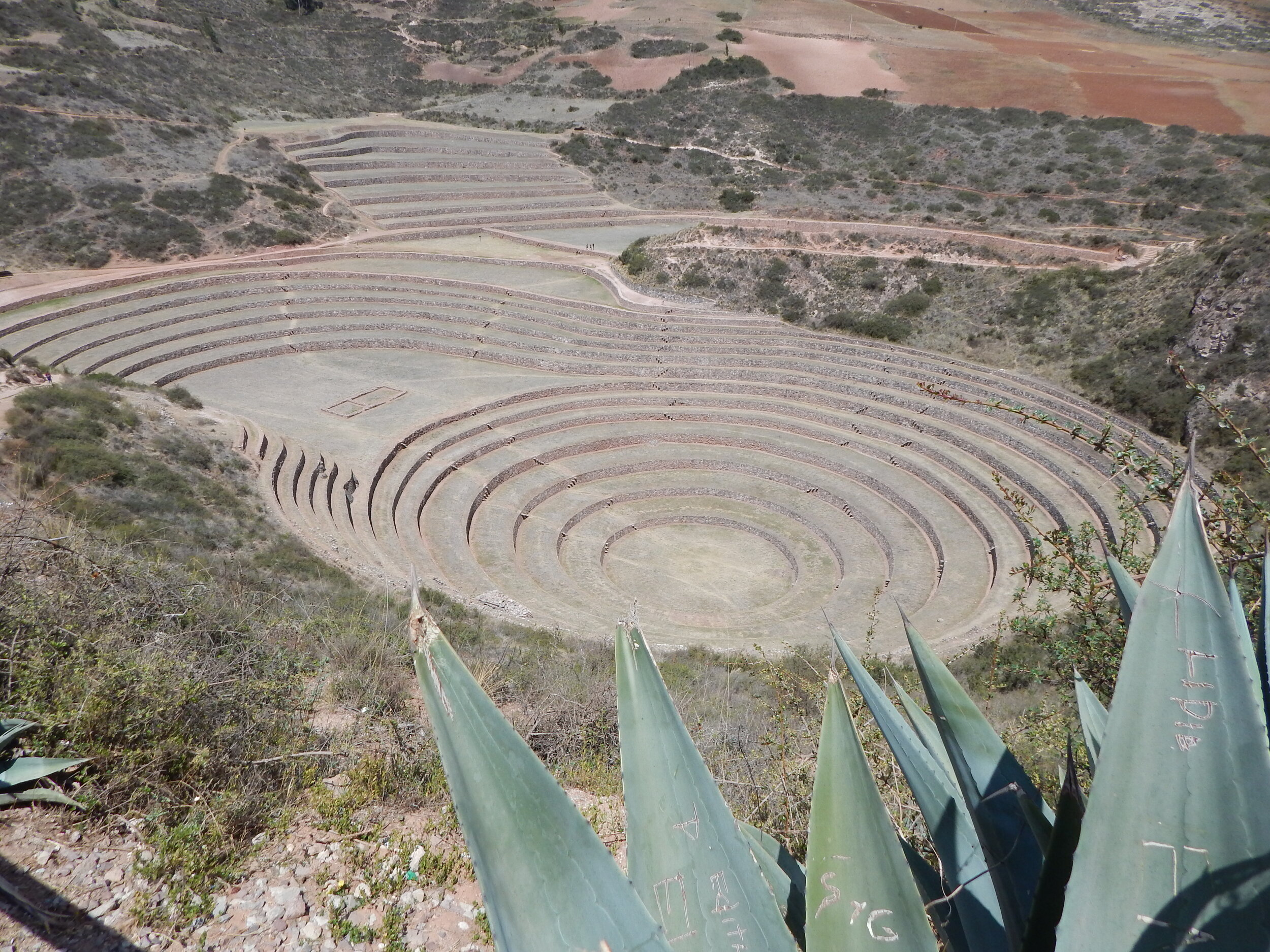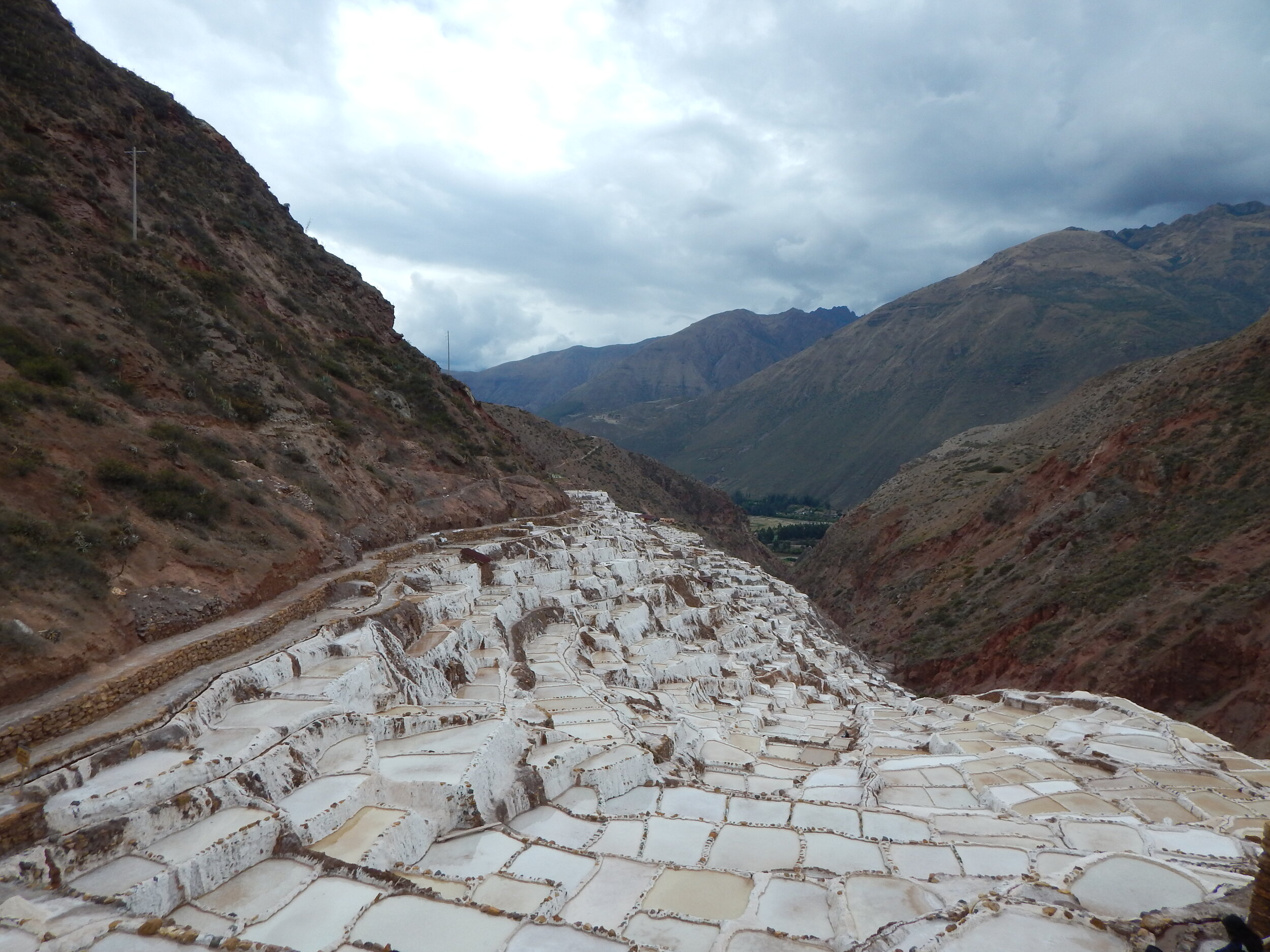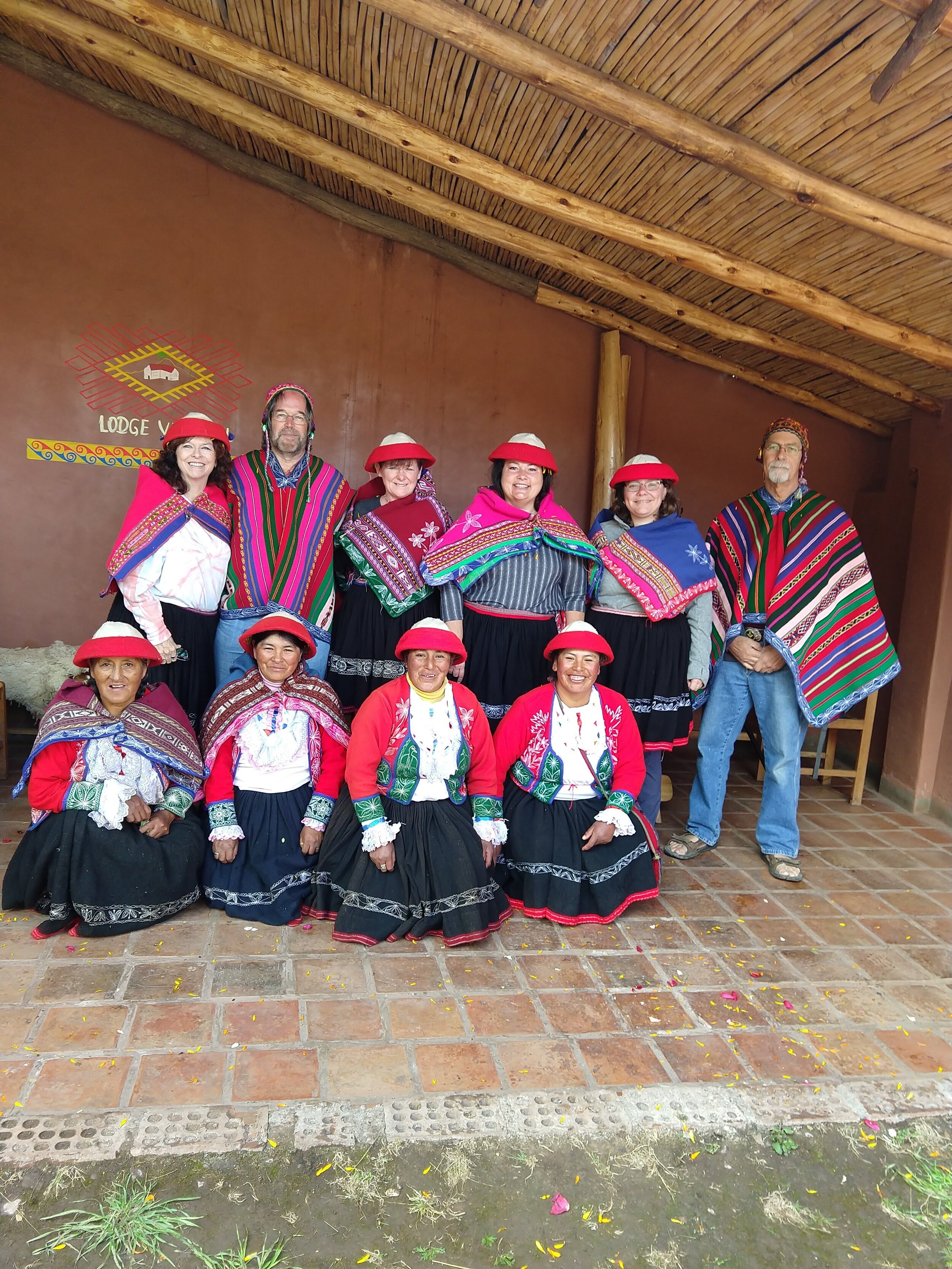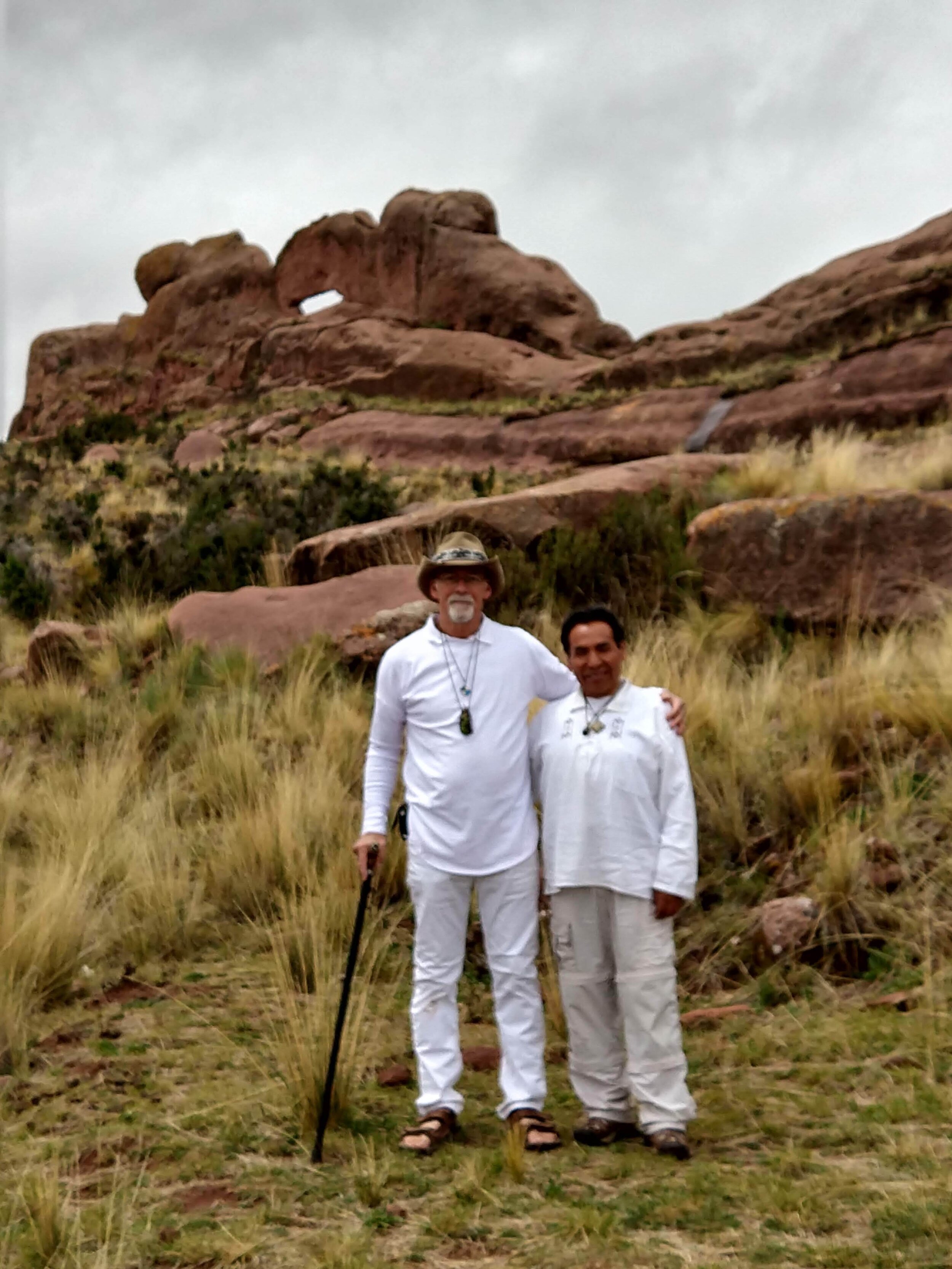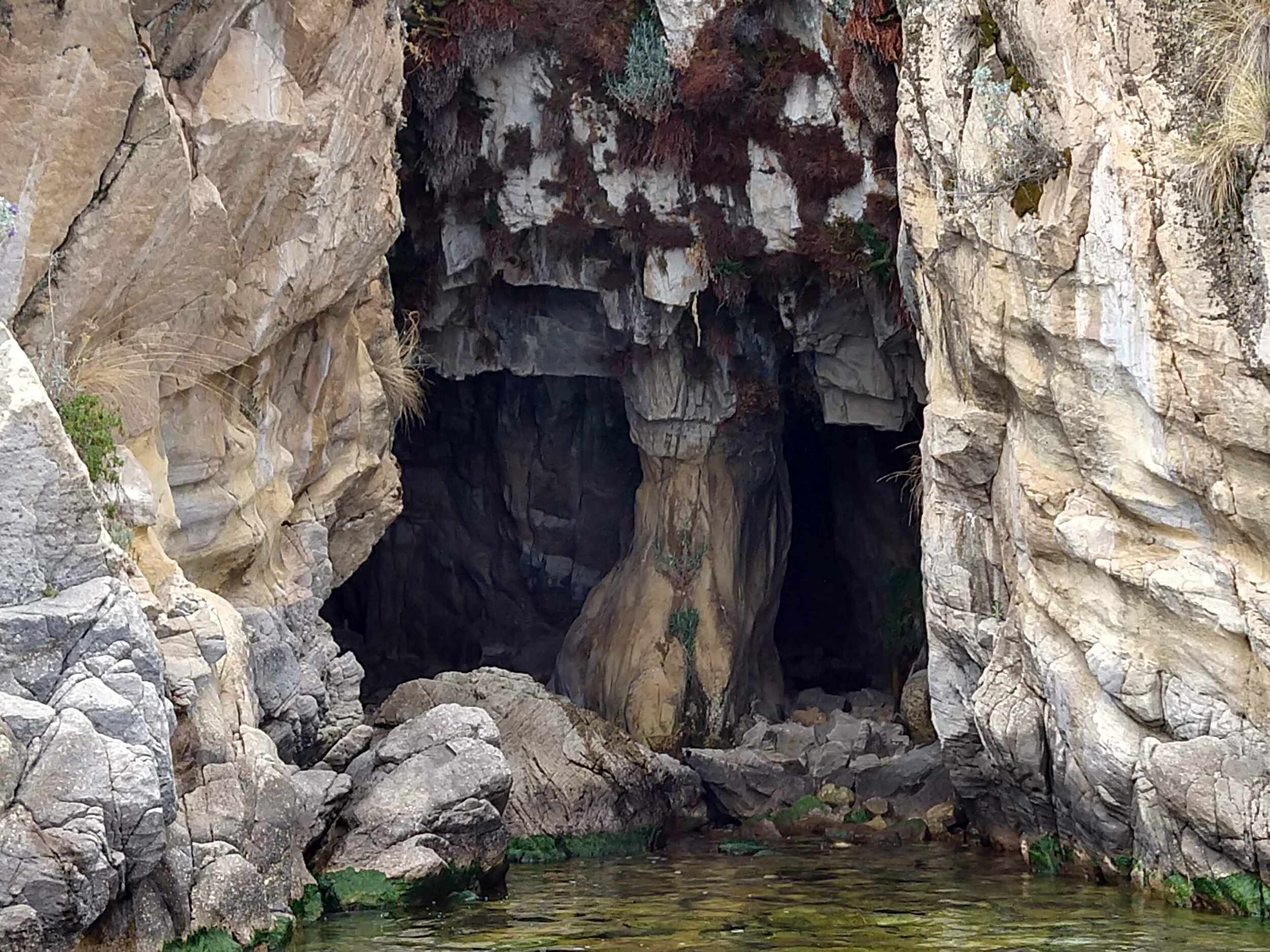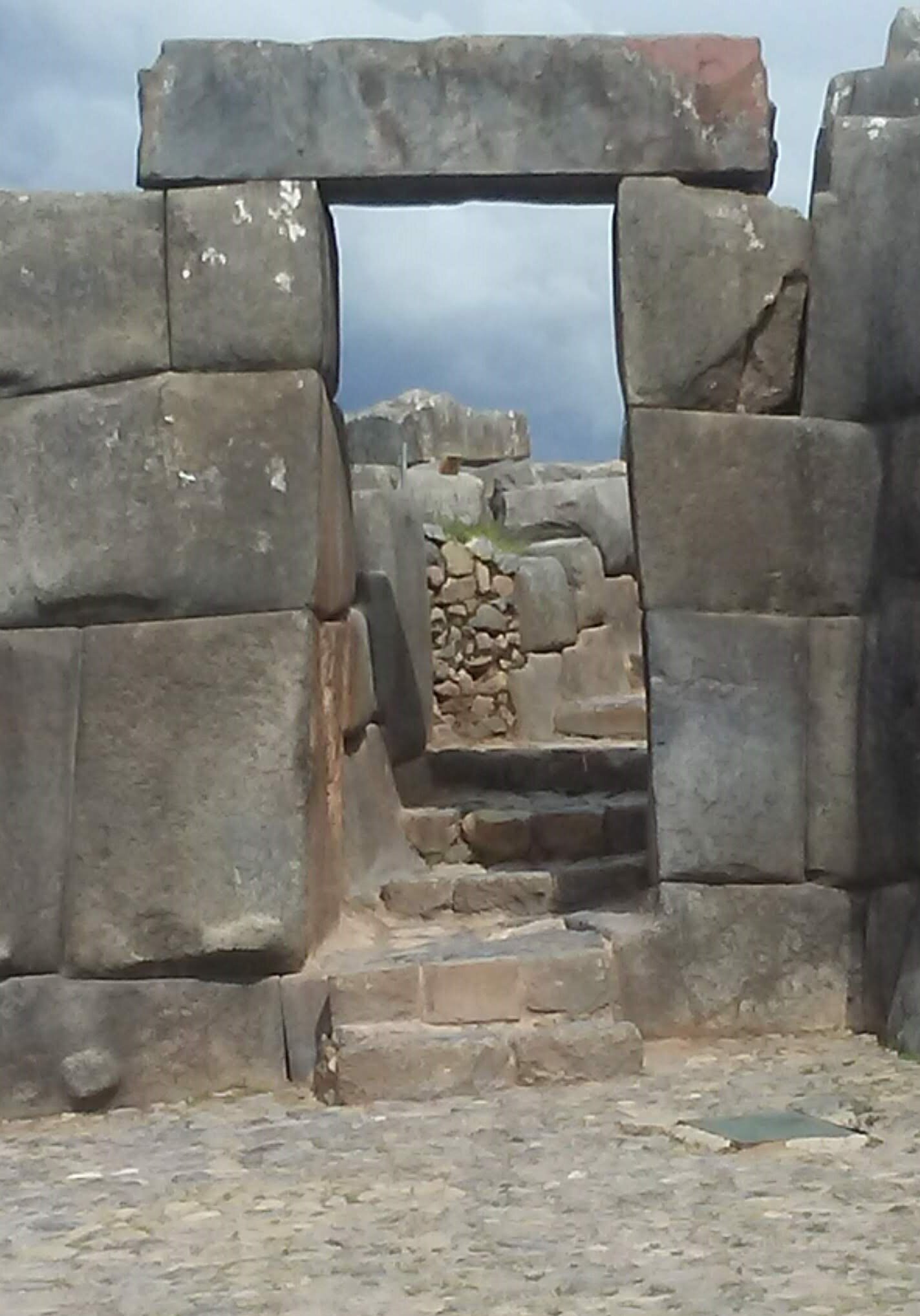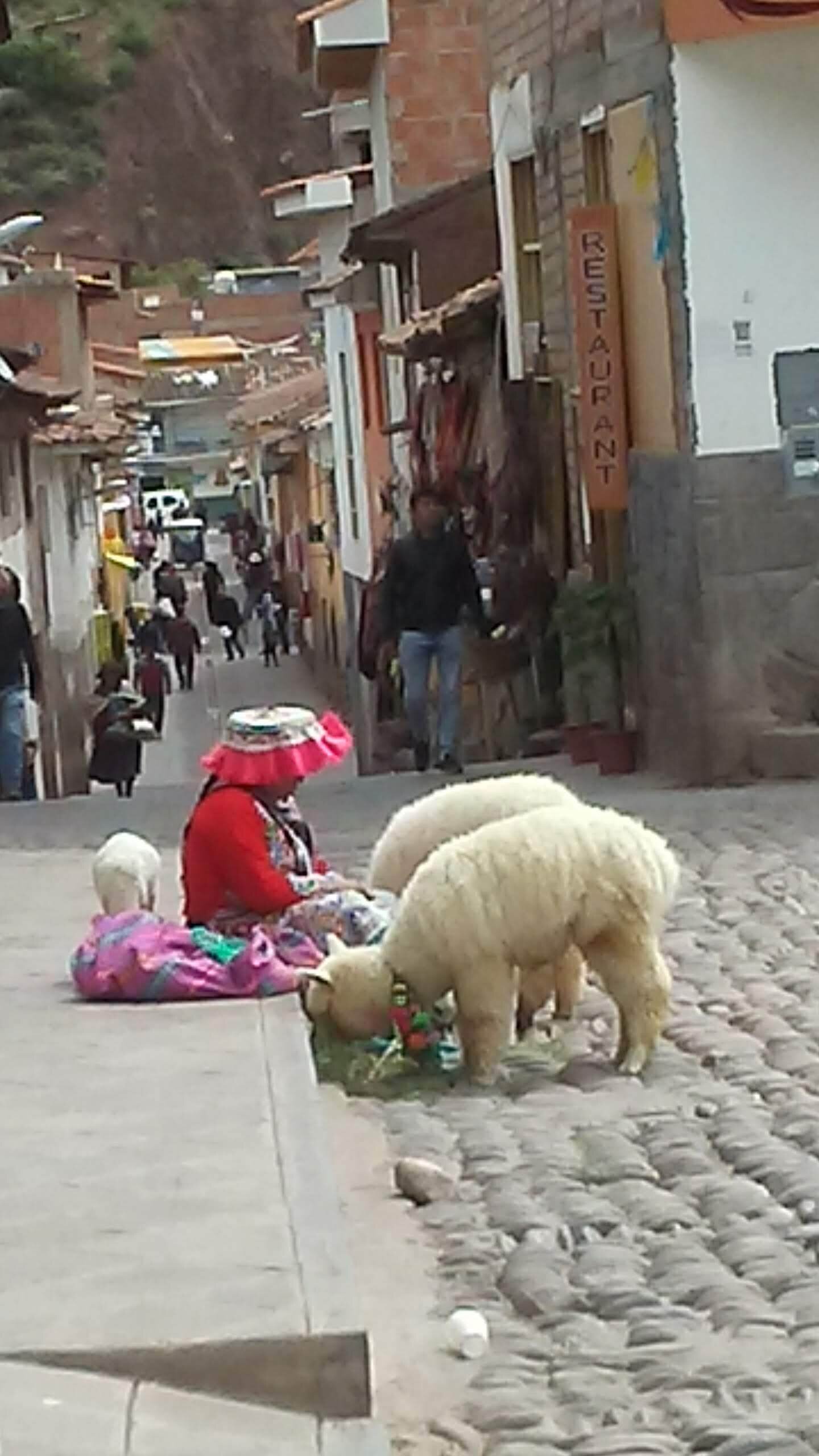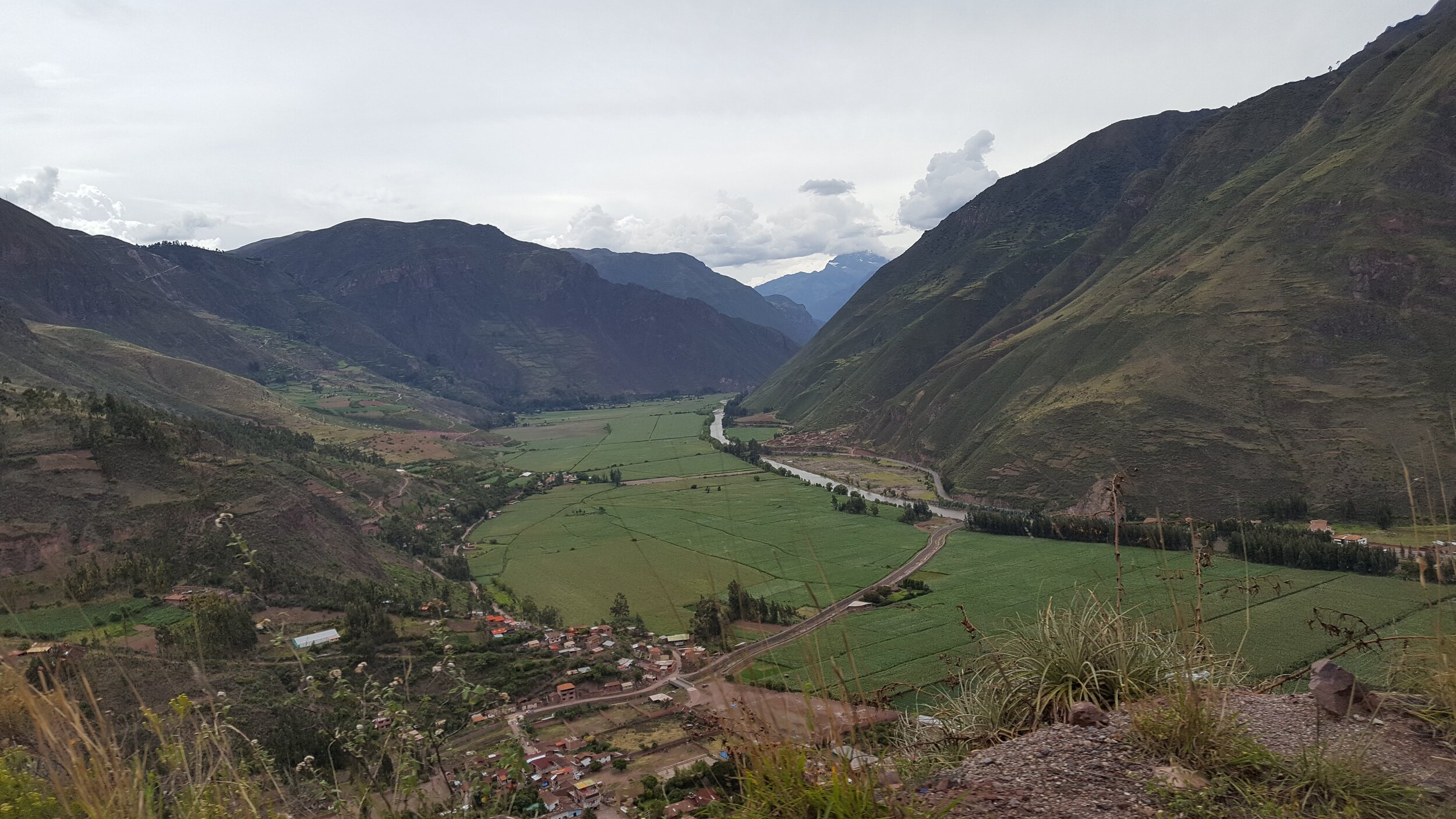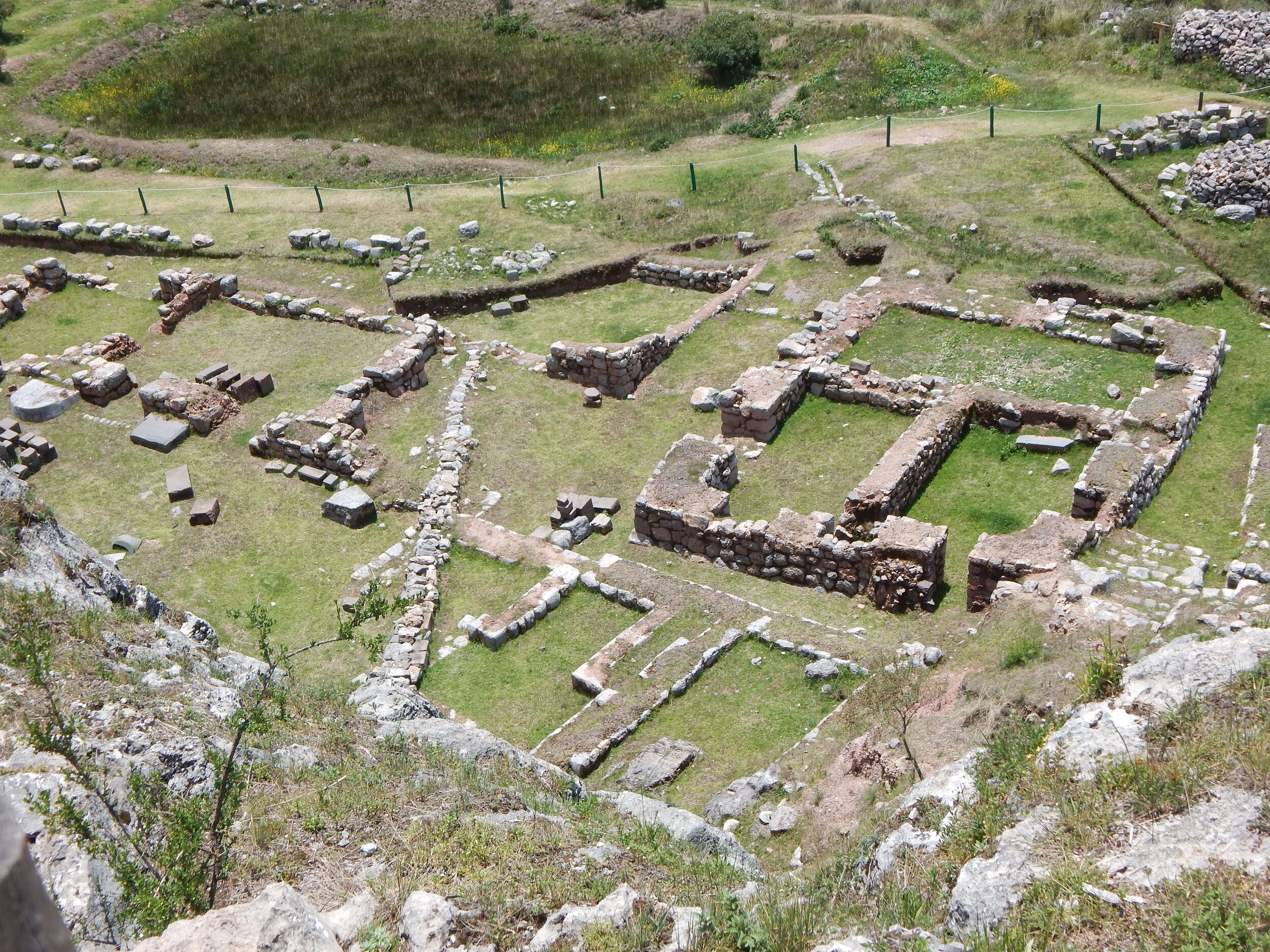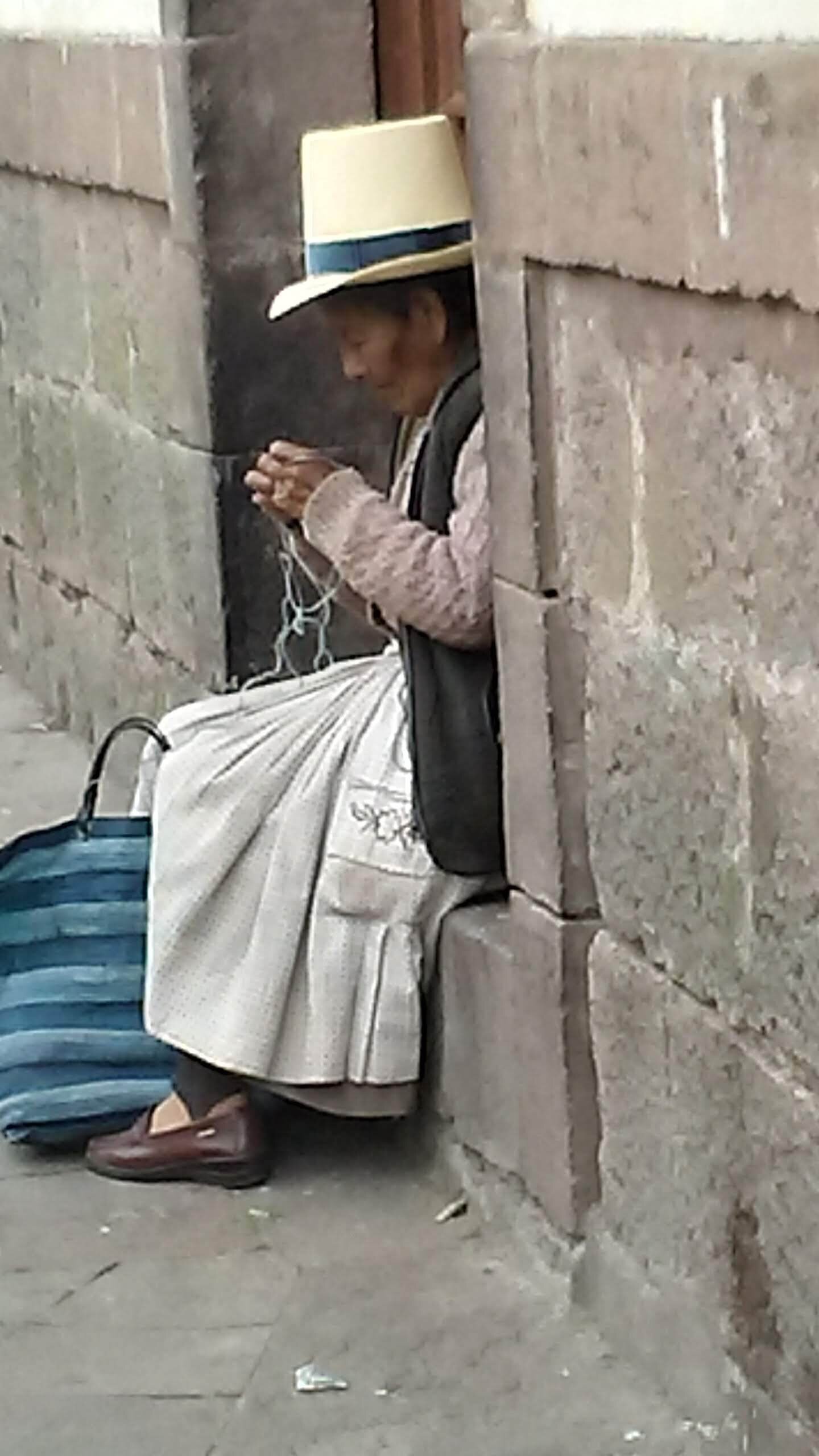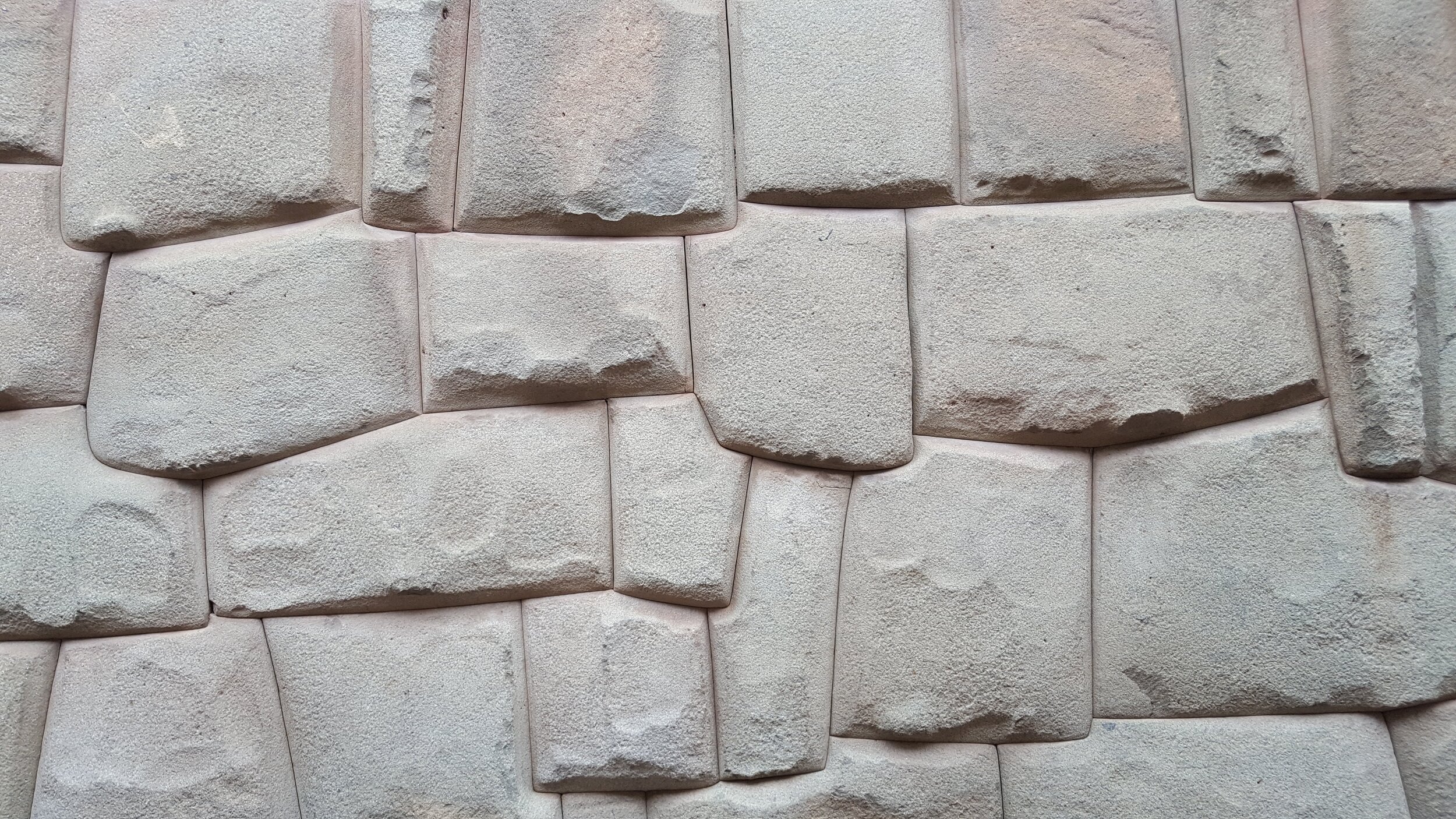The Andes of Peru and Bolivia
This program is no longer offered.
Contact us for referrals or assistance in planning a similar itinerary.
La Raya Pass in Peru, 14,000 ft above sea level
Our ‘Andes of Peru (and Bolivia)’ trip is by far the most visually stunning of our offerings. Though there are aspects of this trip that we always include, we also try to change some of the features each time to keep it fresh for the repeat traveler, as well as for selfish reasons of my own. I can’t get enough of this region! Not only is the natural scenery breathtaking, but the people and culture are amazing too.
The Inka Empire once stretched from Southern Columbia along the West coast of South America to the Southern Regions of Chile. There is also evidence that its influence spread as far East as the Amazon Basin. Although earlier advanced cultures preceded the Inka in these areas, most had been absorbed by it by the time of the Spanish Conquest in the early 1500s.
Our focus on this trip is to take in the rich history of the area by visiting not only ruins, but the vibrant contemporary culture that still honors its connections to its past. The European Conquest of the Inka Empire undeniably left its mark on this part of the world, particularly in its architecture, language and religion, but the people here never abandoned their connections to their deep past. Even the Inka language, Quechua, is still widely spoken throughout the countryside.
At first glance, this trip may resemble a more mainstream travel package, but our focus on shamanism and shamanic culture sets us apart. From the Lake Titicaca Region, legendary home of the first Inka, Manco Capac, to the Sacred Valley surrounding Cusco, the Capitol he established there, we will join in ceremony as we learn about the spiritual traditions of the Inka people and their descendants today. At each stage of our journey, we will be accompanied by and work with local shamans as we visit important spiritual centers including the Puno area, the Stone Forest of Juno and it's Temple of Aramamuru, the Sacred Valley, and Cusco. And of course, there will also be an option to visit Machu Picchu.
We will meet on the morning of Sunday, October 12th at the Lima International Airport. From there, we will fly together as a group to the colonial city of Arequipa, nicknamed the ‘White City’, due to the wide use of the white volcanic rock mined from the surrounding mountains that the colonists used to construct its many beautiful Baroque buildings. At 7,600 ft, (2,300 m), above sea level, Arequipa will give us a couple of days to adjust to our increasing altitude before traveling on to to Puno.
Over the next several days we will be guided through many of the cultural and historic sites of this region in the company of Hermogenes Romero Sanchez, (or don Hermo), and his wife Bertha, who will lead us in ceremony and introduce us to the natives of local villages where we will learn about their customs and uses of medicinal plants, as well as through many other sites of interest including Tunuhuiri, a mystical and spiritual ceremonial center poised above the shores of Lake Titicaca.
As we explore the Puno area and Taquile Island on Lake Titicaca, we will make a stop at the Stone Forest of Juno, where we will walk the Serpents back, cross the Plain of the Puma and pass by the stone Condor on our way to the Temple of Arumamuru, sometimes called the Star Portal.
As we explore these and many other points of interest around the city of Puno, we will also have plenty of time to explore the city itself, it’s architecture, shops and many fine restaurants.
On the morning of the 18th, we will board the train for the scenic journey from Puno to Cusco, passing our highest point in La Reyas at 14,150 ft, (4,260 m). This will be a day long trip and is a destination in itself!
After our first night in Cusco, we will travel to the traditional village, Patabamba. Here, the people continue to live in close connection to the Earth, with the men of the village practicing the traditional Andean agriculture, using tools and techniques passed down to them through countless generations. The women of Patabamba are renowned for their traditional textile skills, producing stunningly beautiful weavings on back-strap looms. These textiles are produced with locally sourced materials, which they may invite us to help collect, then demonstrate their use. I have become very fond of these people and look forward to seeing them each time I am in the Sacred Valley. For a closer look, go to our ‘Past Trips’ page to read more about this wonderful place.
Patabamba is located in the mountains above the Sacred Valley, (at around 13,000 ft above sea level), and boasts one of the most spectacular views of the river valley below. We will return to Cusco for the night.
The following day will offer our first optional activity of the trip, a morning Huachuma Ceremony with don Carlos Anabel Candia Muriel, altomisayac and Inka scholar. Those choosing not to join this ceremony will spend the morning touring Cusco. The group will reunite later that afternoon. The next day will be spent touring the Sacred Valley, including the Salt Terraces at Maras, the Inka agricultural laboratory at Moray and a visit to Ollantaytambo. At this point our second optional activity will permit those who wish to visit Machu Picchu to board the train to Agua Caliente where they will spend the night, permitting them to visit Machu Picchu early the next morning. Those not going to Machu Picchu will continue on to Pisac, then return to Cusco for the night.
Take a few moments to view the slideshow below to see some of our past highlights…
After reuniting in Cusco, we will again venture into the Sacred Valley for a visit to Tipon and the Huari, (pre-Inka), city of Pikillaqta. We will return to Cusco later that afternoon to visit some interesting sites on the outskirts of the city, including Q’enco, Pucapucara and Tambomachay.
Once we return to Cusco we are planning some flexible time to meet with local and visiting curanderos, possibly including Nina Caspi, (see ‘who we are’ and the ‘Magic of the Amazon’ pages). Afterward we can revisit favorite parts of the city and do some last minute shopping before gathering for our closing dinner with our Cusco friends. The following morning, Sunday, October 26, we will begin our return travel to Lima and onward to our home airports.
As with all of our trips, the exact itinerary will vary from visit to visit, so watch for announcements on our newsletter. This trip starts and ends at the Lima International Airport. Published fares for the trip include all domestic travel within Peru, opening and closing dinners and lodging. It does not include tips, daily meals, souvenirs or alcoholic beverages. Lodging is based on double or triple rooms. Single rooms may be available at an extra charge. Travel insurance is highly recommended and is usually available at a reasonable cost from your airline or travel agent. Contact us to request a registration package or for any questions or concerns.
Once registration closes, there will be an online ‘Meet and Greet’ for participants to introduce themselves, ask questions and review required preparations and packing recommendations.
The base price for this trip will be $3350 USD, (subject to change). The Machu Picchu option will cost an additional $300 per person for rail and entry fees and reservations for this option must be made by July 15th. Accommodations are based on multiple occupancy and may be upgraded in advance. A non-refundable $1500 USD deposit will hold your place. The maximum group size will be ten persons, so reserve soon! Check back for updates.


